A boy's dream, a city's wish: Indians one win away from World Series triumph

CHICAGO — In his mind’s eye, 21 miles from the actual brick and ivy confines, he hit hundreds upon hundreds of home runs at Wrigley Field. It was always bottom of the ninth, full count, two outs, World Series. The crowd roared. He floated around the bases as their hallelujah chorus of cheers played for him.
The power of a boy’s dream is one of life’s little miracles, the way it wraps itself around the heart and remains through old age and to the last breath. In his backyard in Northbrook, Ill., Jason Kipnis formed that dream “over and over,” through wiffle ball, softball, “an acorn that just fell off the tree—it didn’t matter. It was anything and everything.”
And then Chicago Cubs pitcher Travis Wood threw him an acorn Saturday night at the real ballyard, the 102-year-old grand dame of baseball. Officially, it was a 3-and-1 pitch in the seventh inning of World Series Game 4, with Kipnis’ Cleveland Indians holding a 4–1 lead, and two runners on base. But it was an acorn in Northbrook all the same.
• Cubs Hub: Check out all of SI's content as Chicago chases history
“I always dreamed of playing in the World Series at Wrigley Field,” Kipnis said before the Fall Classic began. “Full count, two outs. I always thought it was going to be the bottom of the ninth, but it’s the top of the ninth now.”
Kipnis knew what to do with the acorn. The Cleveland second baseman had done it so many times before. He smashed it 402 feet into the rightfield seats for a home run. “When I dreamed them,” he said of his backyard homers, “they went farther.”
The crowd went silent—except for his family and friends seated behind the plate. Kipnis was stoic as he ran around the bases. “Inside,” he said, “I was smiling ear to ear.”
Inside the little vortex of his home run trot, Kipnis collected and carried bits and pieces of the rest of us. Everybody, when they are wet clay and before they harden, wishes for something sweet, and here was one of those dreams that did come true. As he floated on, Kipnis raised a hand in salute in the direction of his family and friends.
“It helps because it dims the moment,” he explained of playing at Wrigley. “It can be easy to get caught up in things, but playing in a familiar place in front of people who mean the most to me, it shrinks the moment and makes it more special for me.”
The homer sealed what ended as a 7–2 Cleveland win that left the Indians one win away from the franchise’s first world championship since 1948. The blast took any remaining drama out of the contest, though starting pitcher Corey Kluber had already done most of that himself by the way he dominated the Cubs for the second time in four days.
Kluber flummoxed the Cubs in Game 1 with a illusionary two-seam fastball that helped him strike out nine batters in six shutout innings, then reinvented himself to torture them in Game 4 with sliders, curves and cutters that broke hearts as readily as they did anticipated planes.
“There is so much life on his pitches,” Indians reliever Andrew Miller said. “There’s nobody else who can manipulate a baseball like him. It’s a unique talent to execute pitches and make them move in any direction. His ability to generate weak contact and to miss bats entirely is exceptional.”
Andrew Miller: Inside his journey to a new type of October dominance
Said pitching coach Mickey Callaway, “I know how good he is. I’m not sure the rest of the world does. Well, they do now.”
Kluber, working on short rest, gave up one run on five hits in six innings with six strikeouts. He became the first pitcher to win Games 1 and 4 of the World Series in more than a quarter of a century (Jose Rijo of the 1990 Reds was the last one). He is the first American League pitcher to do so in 32 years (Jack Morris of the 1984 Tigers). The throwback effort lowered his postseason ERA to 0.89, lower than any pitcher through their first five postseason games except the renowned Christy Mathewson.
It was a night for conjuring baseball immortality. Kipnis was the first visiting player to hit a World Series three-run homer at Wrigley Field since Babe Ruth hit his famed Called Shot in 1932.
“No, I didn’t call it,” Kipnis said. “I never thought I’d be mentioned in the same sentence as that guy.”
Every Cubs and Indians SI Cover
April 18, 1955 — Cleveland Indians Al Rosen
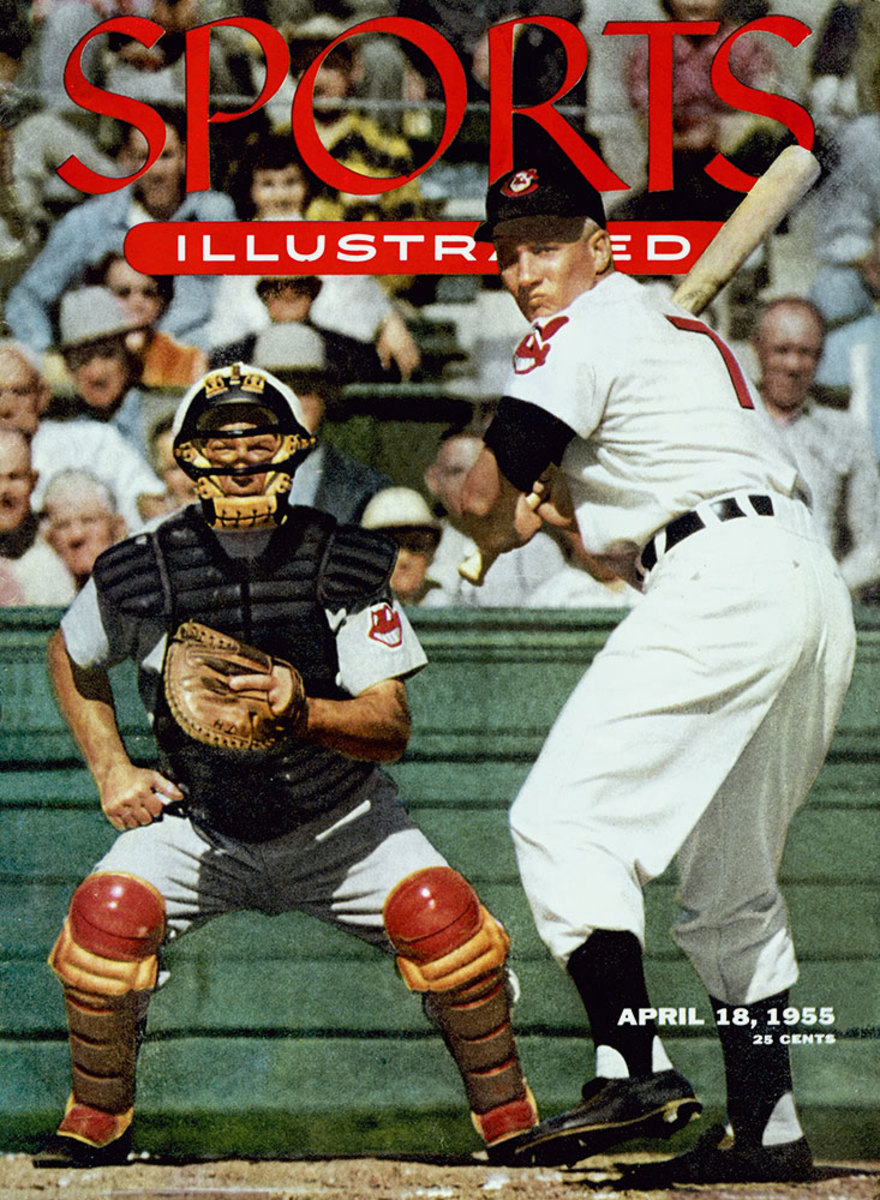
May 30, 1955 — Cleveland Indians Herb Score
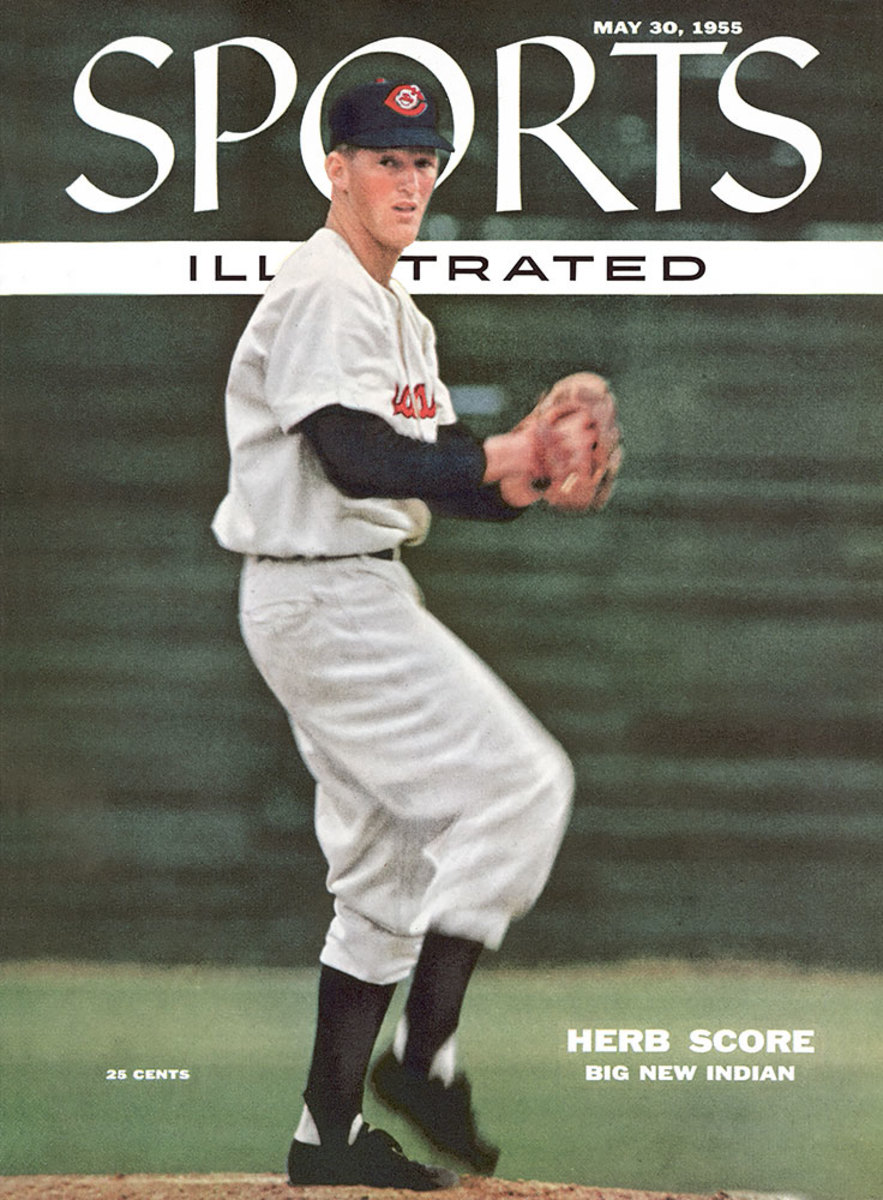
June 3, 1963 — Cleveland Indians Bob Hope
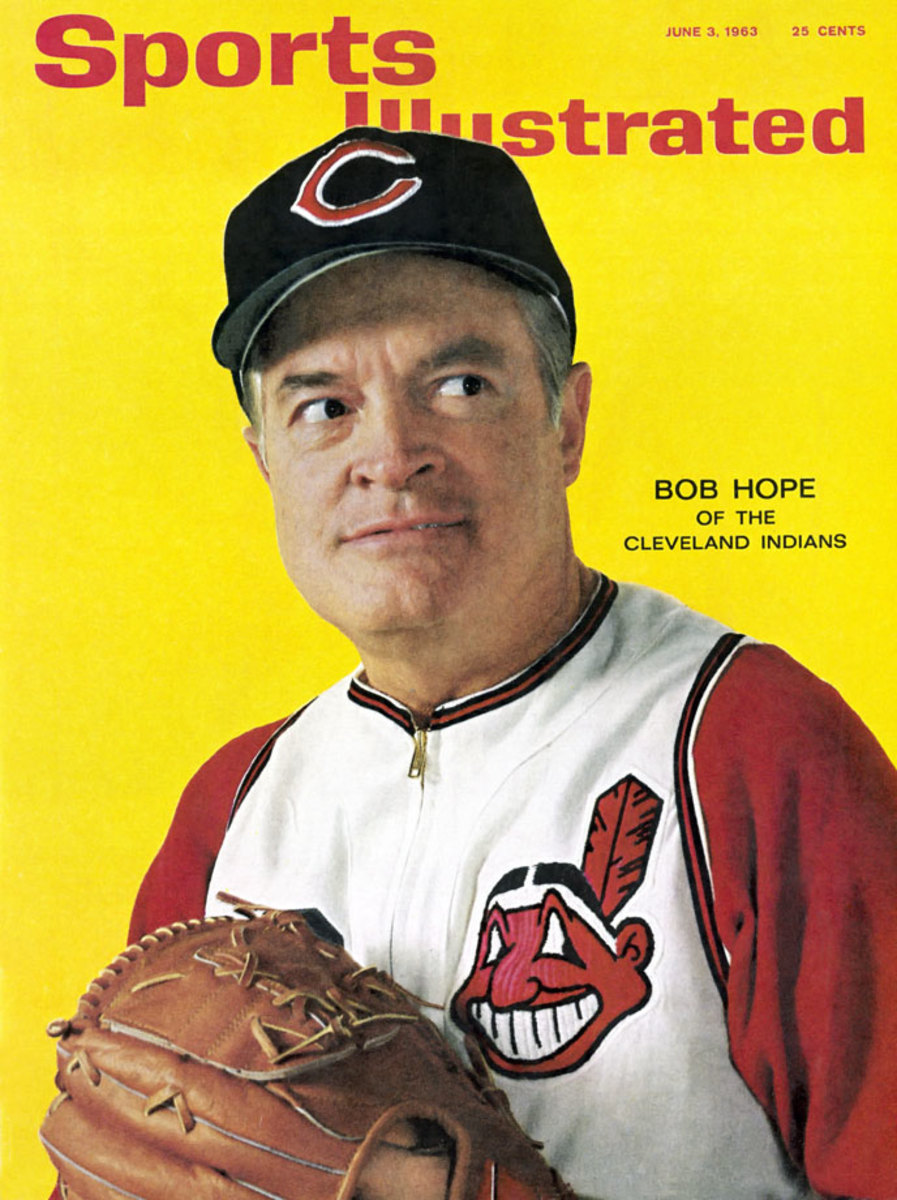
May 23, 1966 — Cleveland Indians Sam McDowell
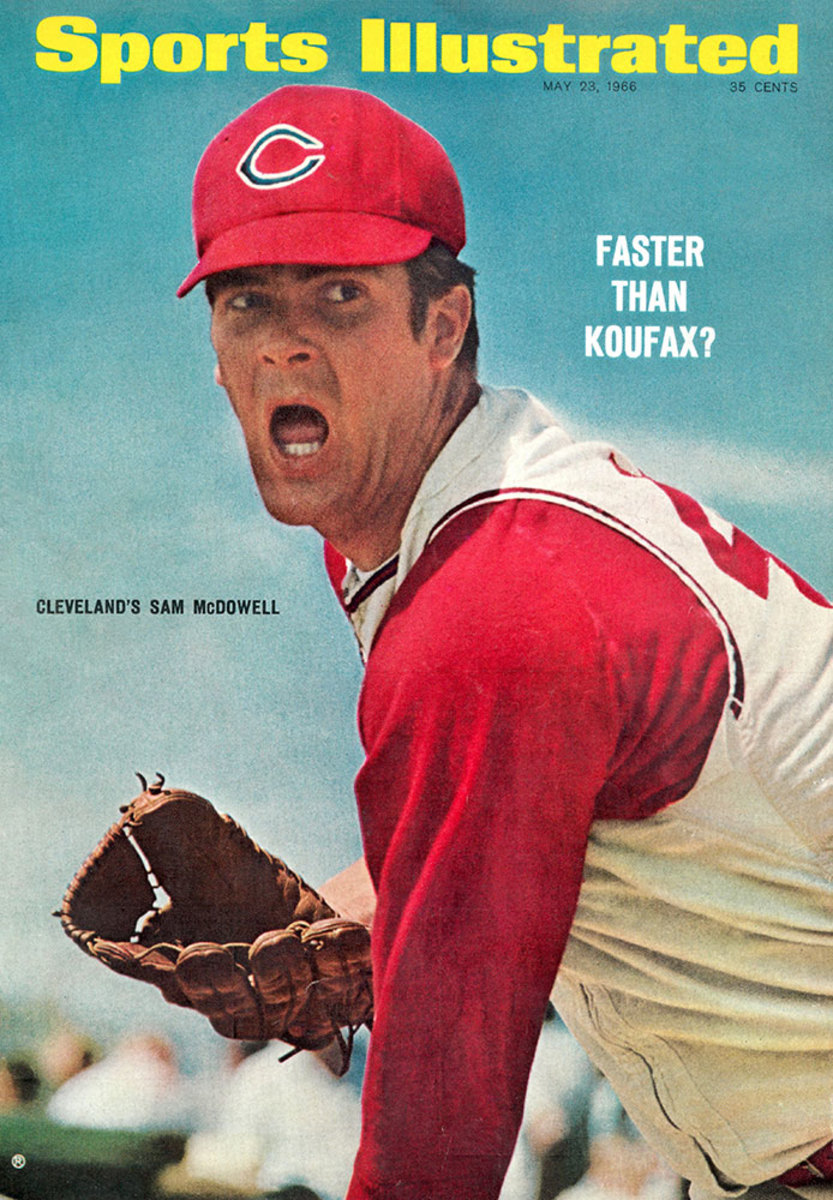
June 30, 1969 — Chicago Cubs Ron Santo
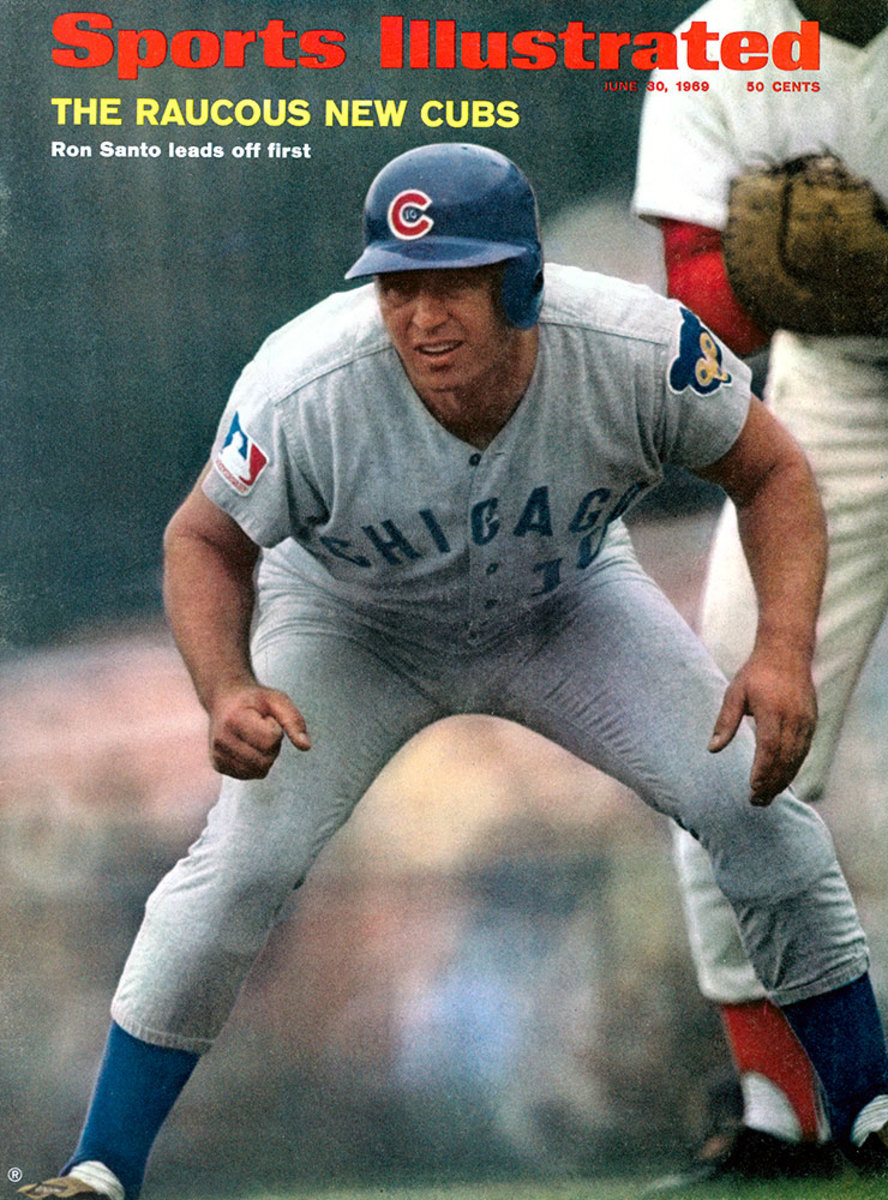
September 8, 1969 — Cincinnati Reds Pete Rose and Chicago Cubs Ernie Banks
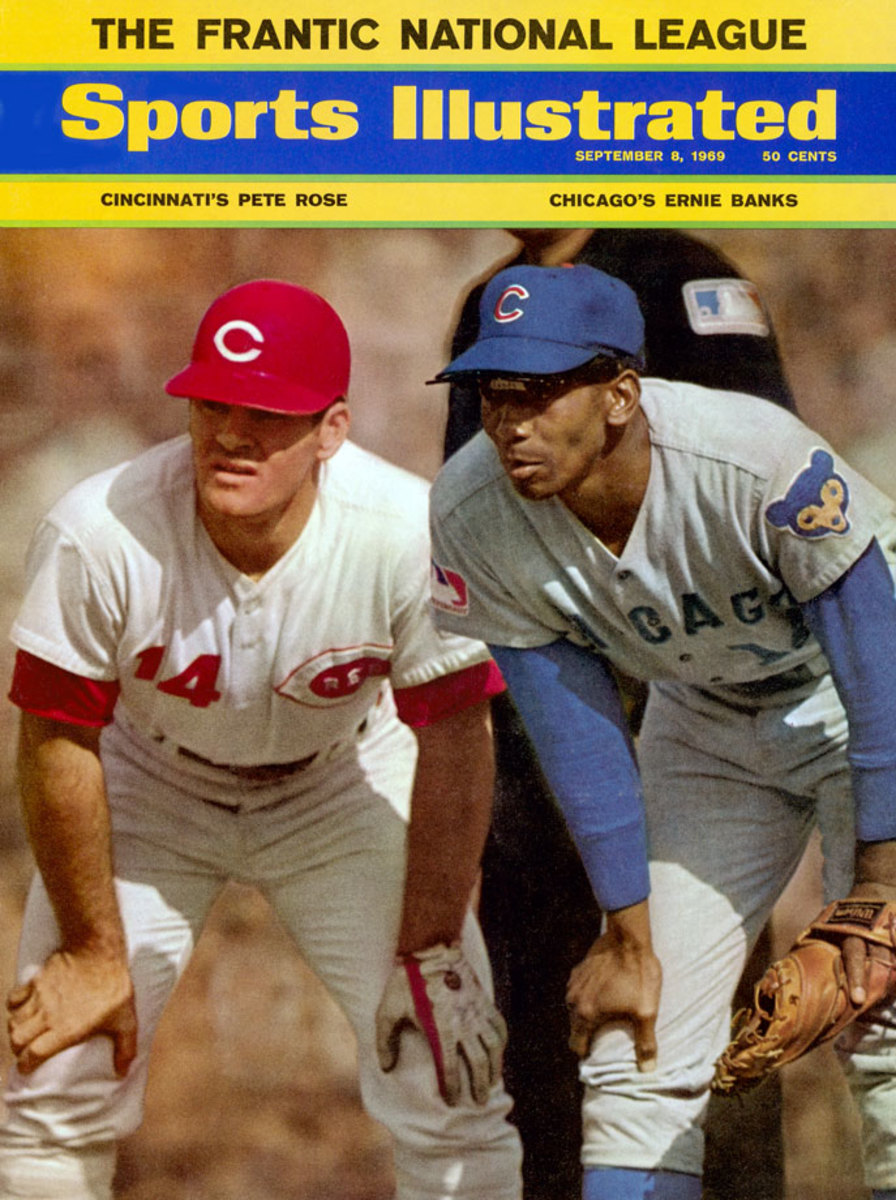
August 30, 1971 — Chicago Cubs Ferguson Jenkins
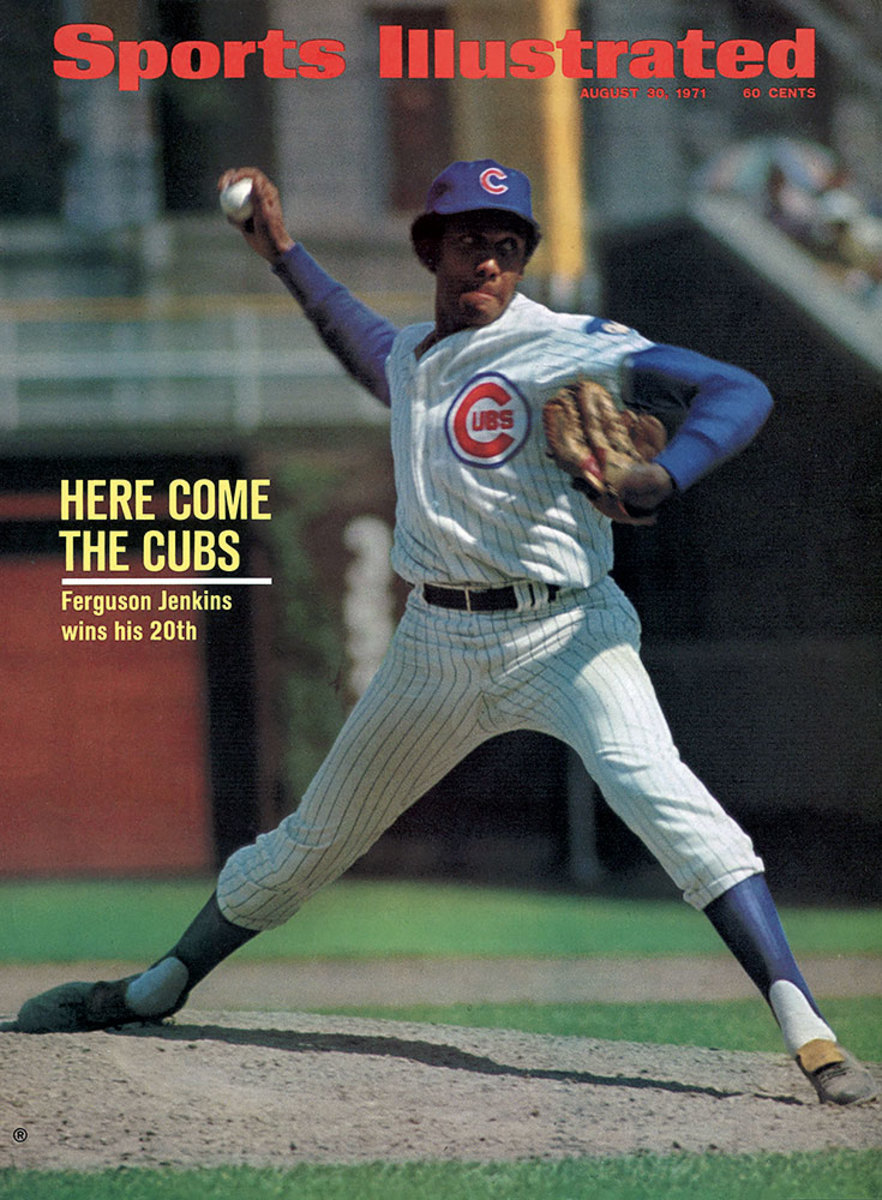
June 11, 1984 — Chicago Cubs Leon "Bull" Durham
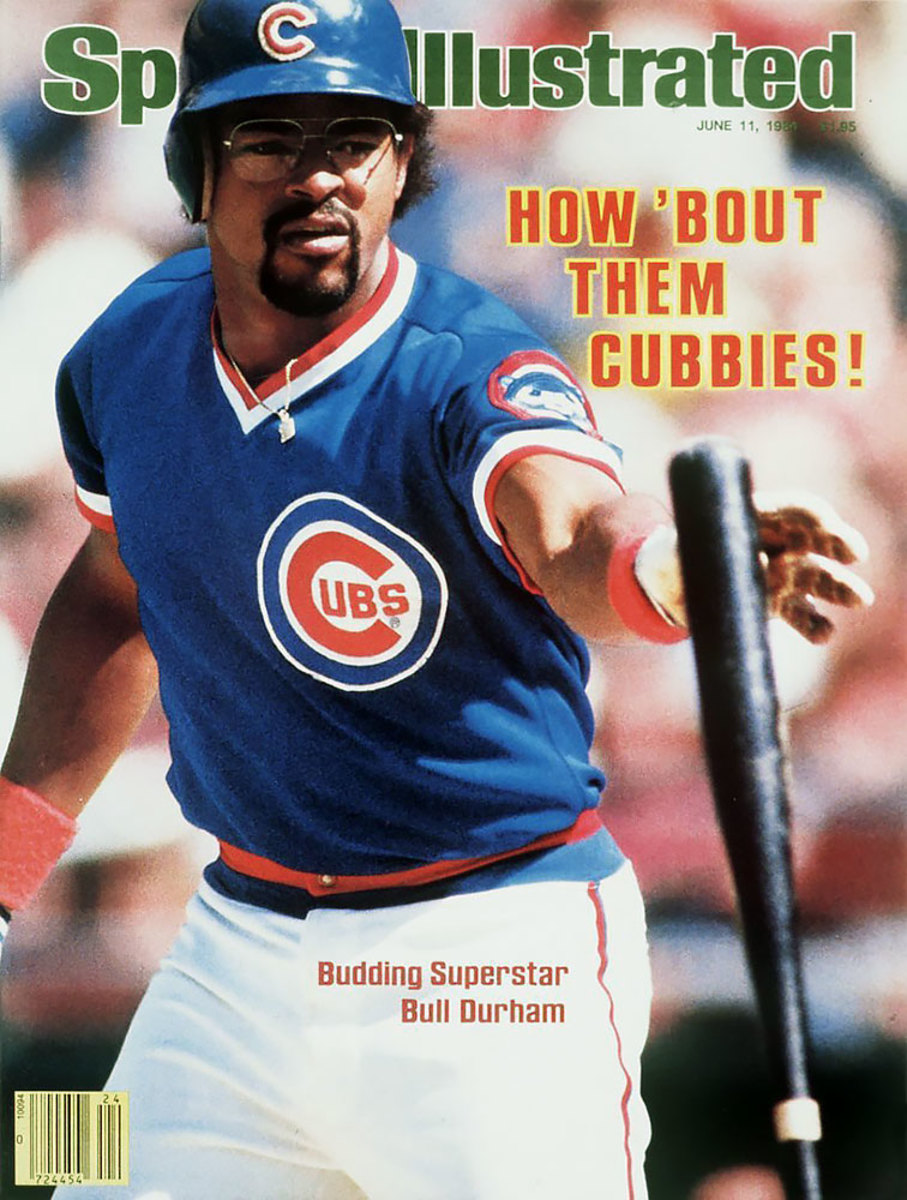
September 24, 1984 — Chicago Cubs Rick Sutcliffe and New York Mets Dwight Gooden
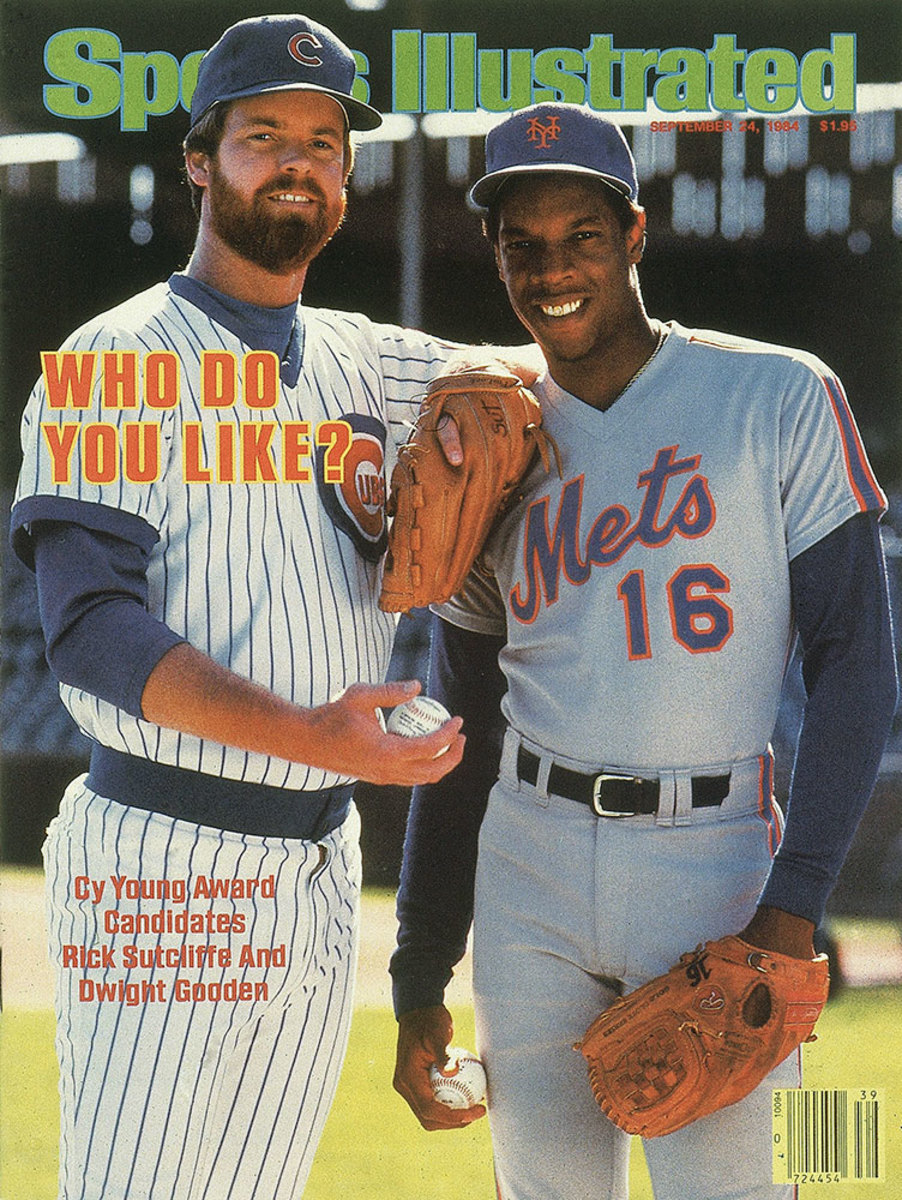
April 6, 1987 — Cleveland Indians Cory Snyder and Joe Carter
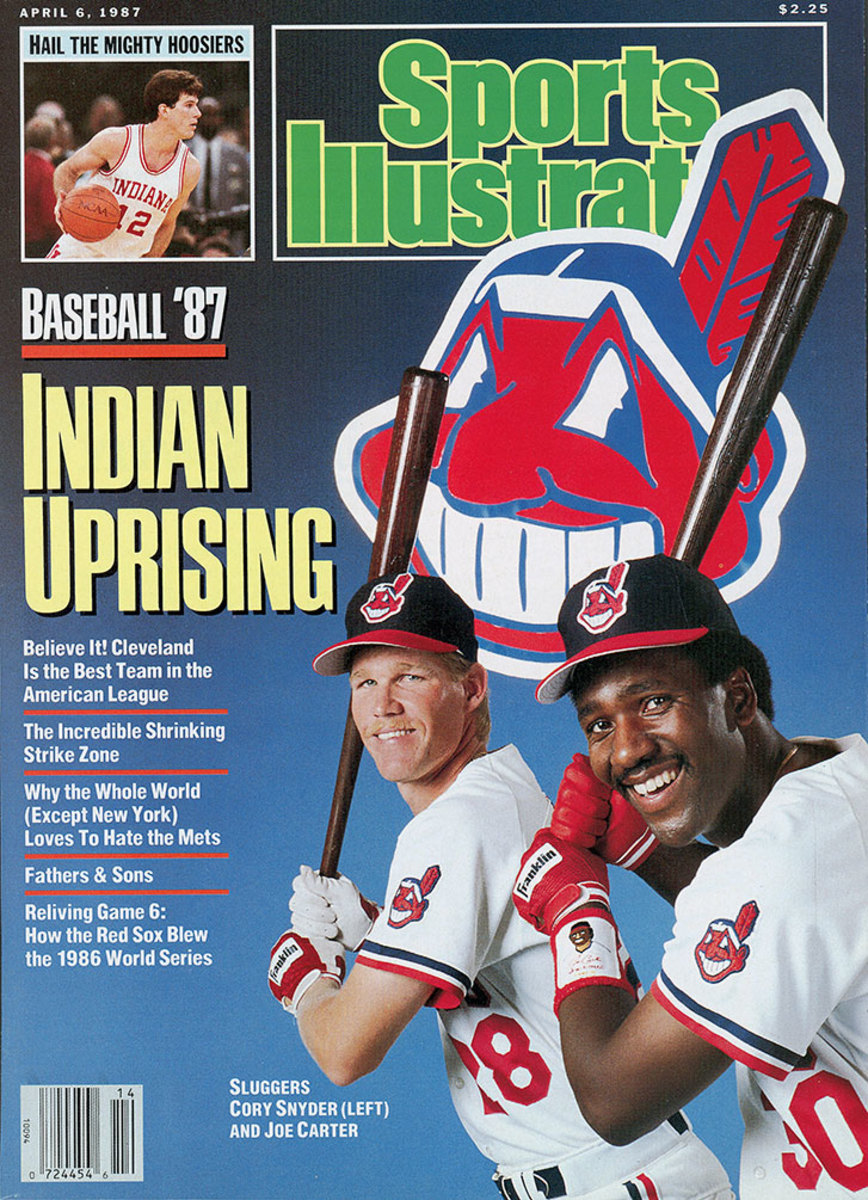
July 20, 1987 — Chicago Cubs Andre Dawson
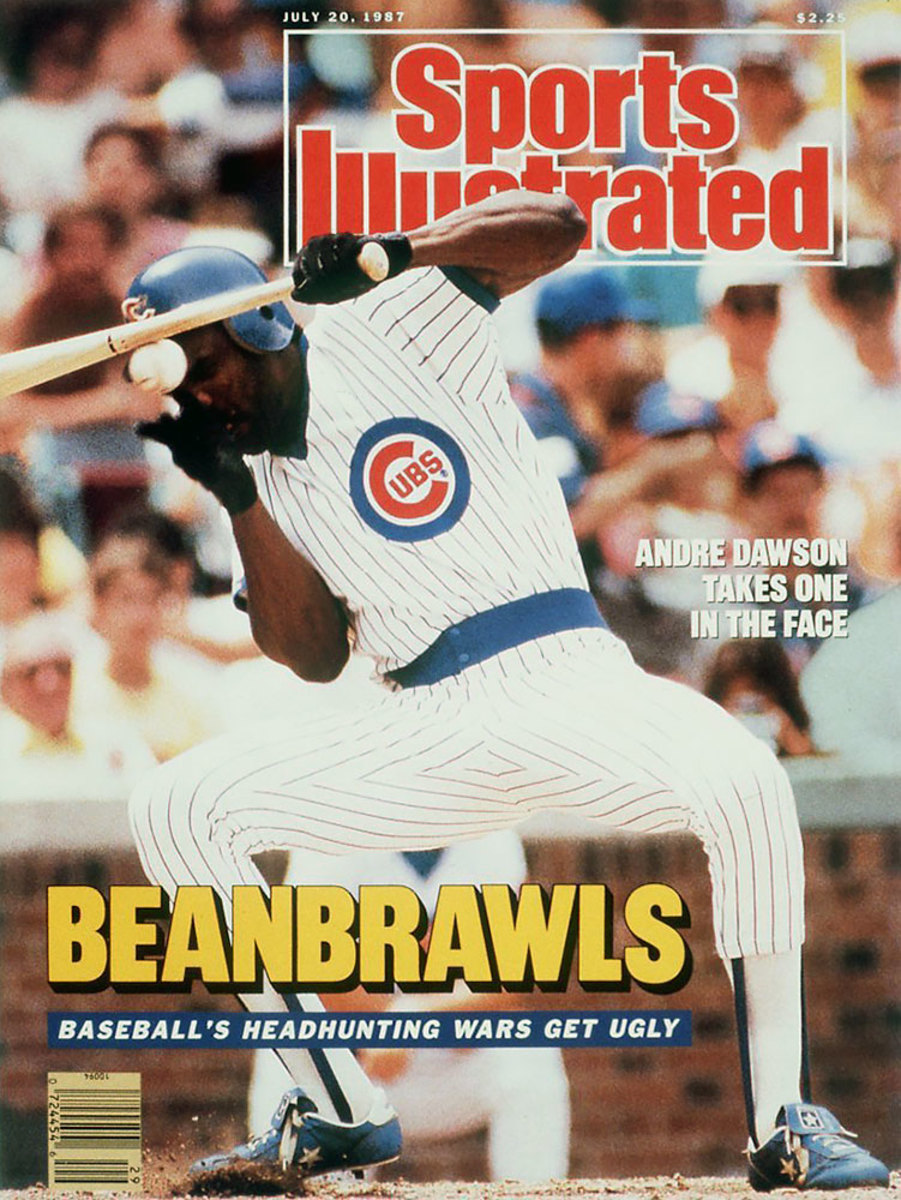
March 16, 1992 — Chicago Cubs Ryne Sandberg
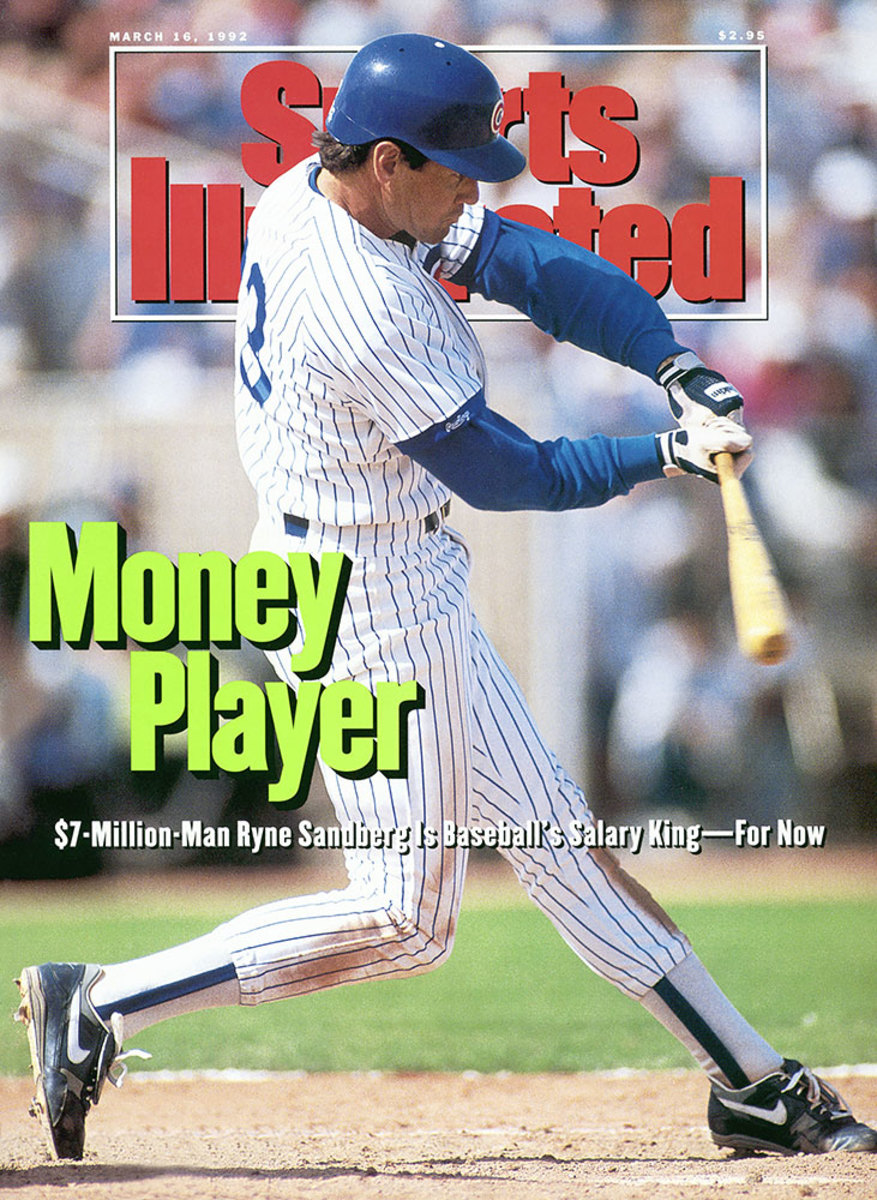
July 12, 1993 — Laurie Crews and Patti Olin, widows of former Cleveland Indians Tim Crews and Steve Olin
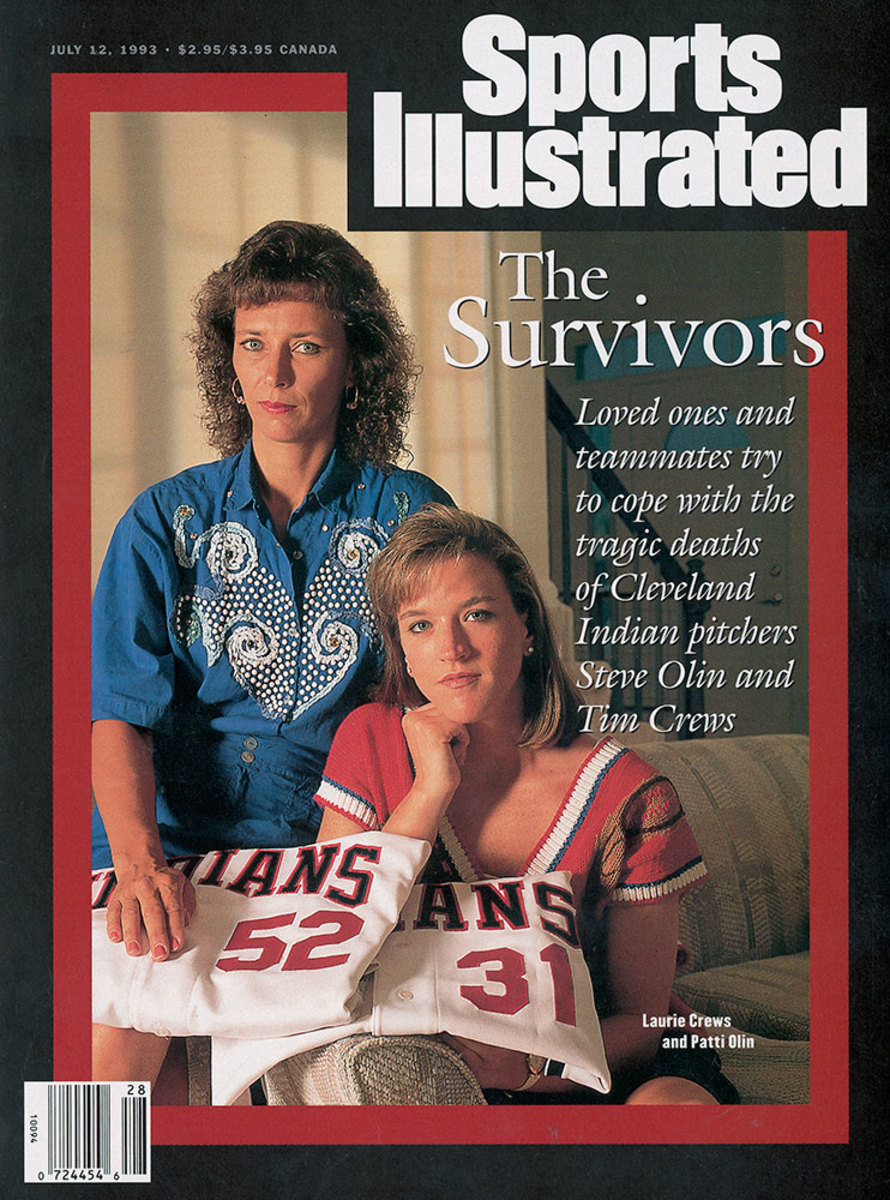
April 1, 1996 — Clevland Indians Manny Ramirez
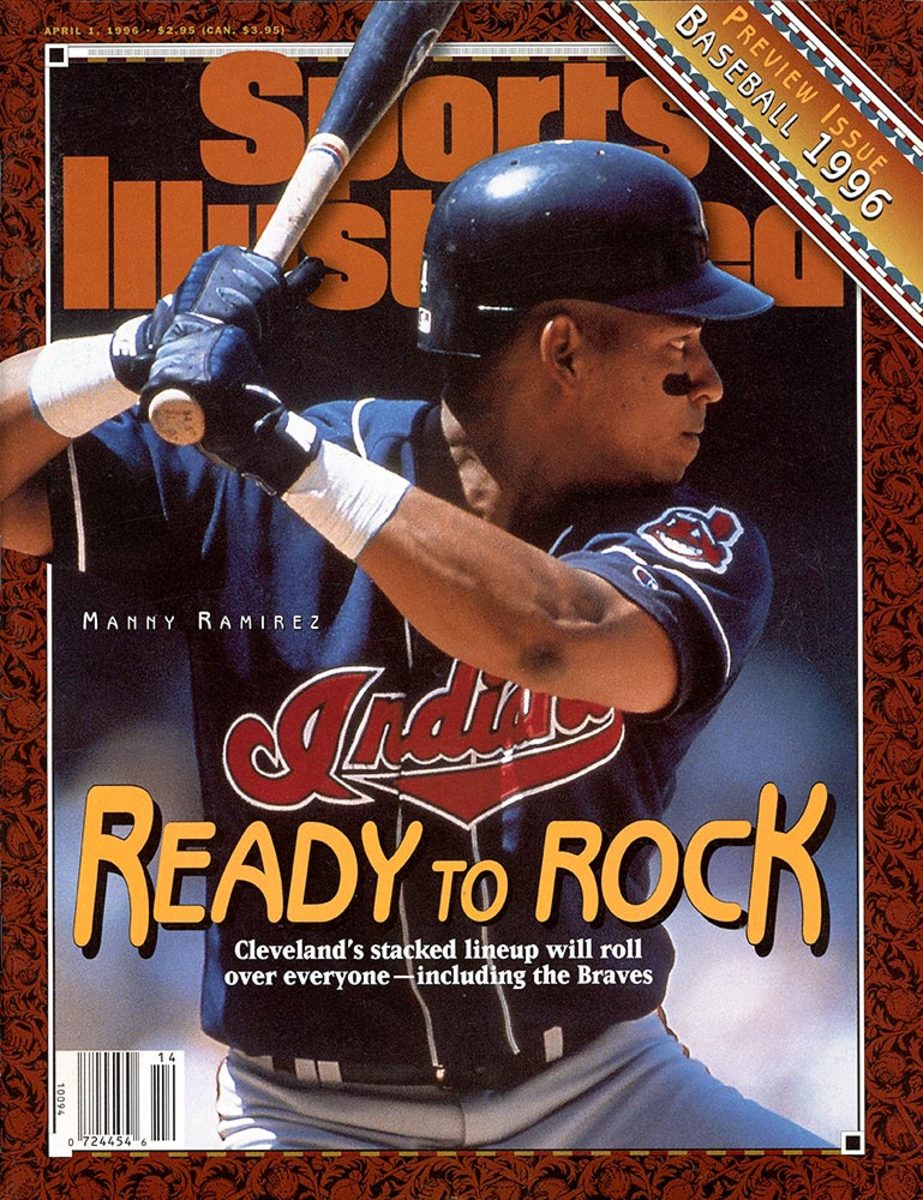
May 6, 1996 — Cleveland Indians Albert Belle
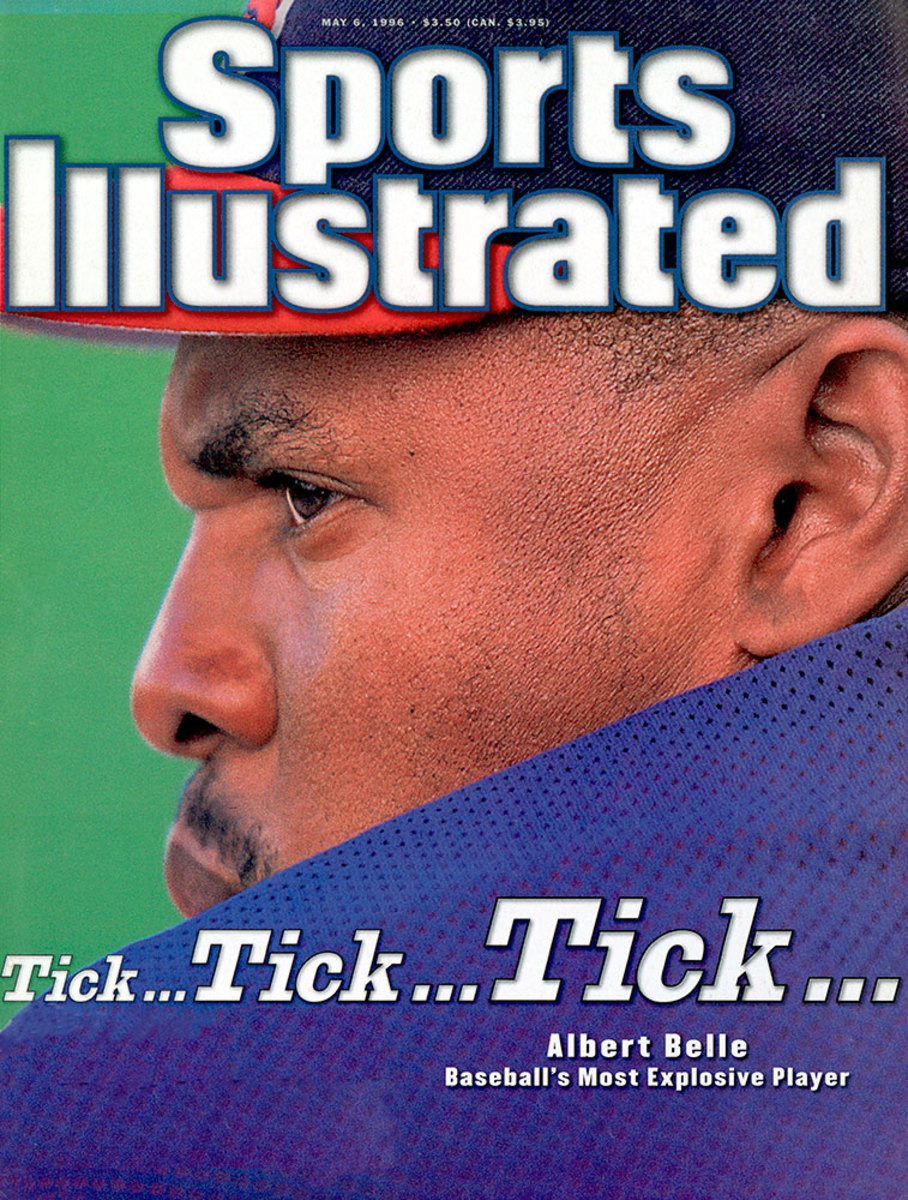
June 29, 1998 — Chicago Cubs Sammy Sosa
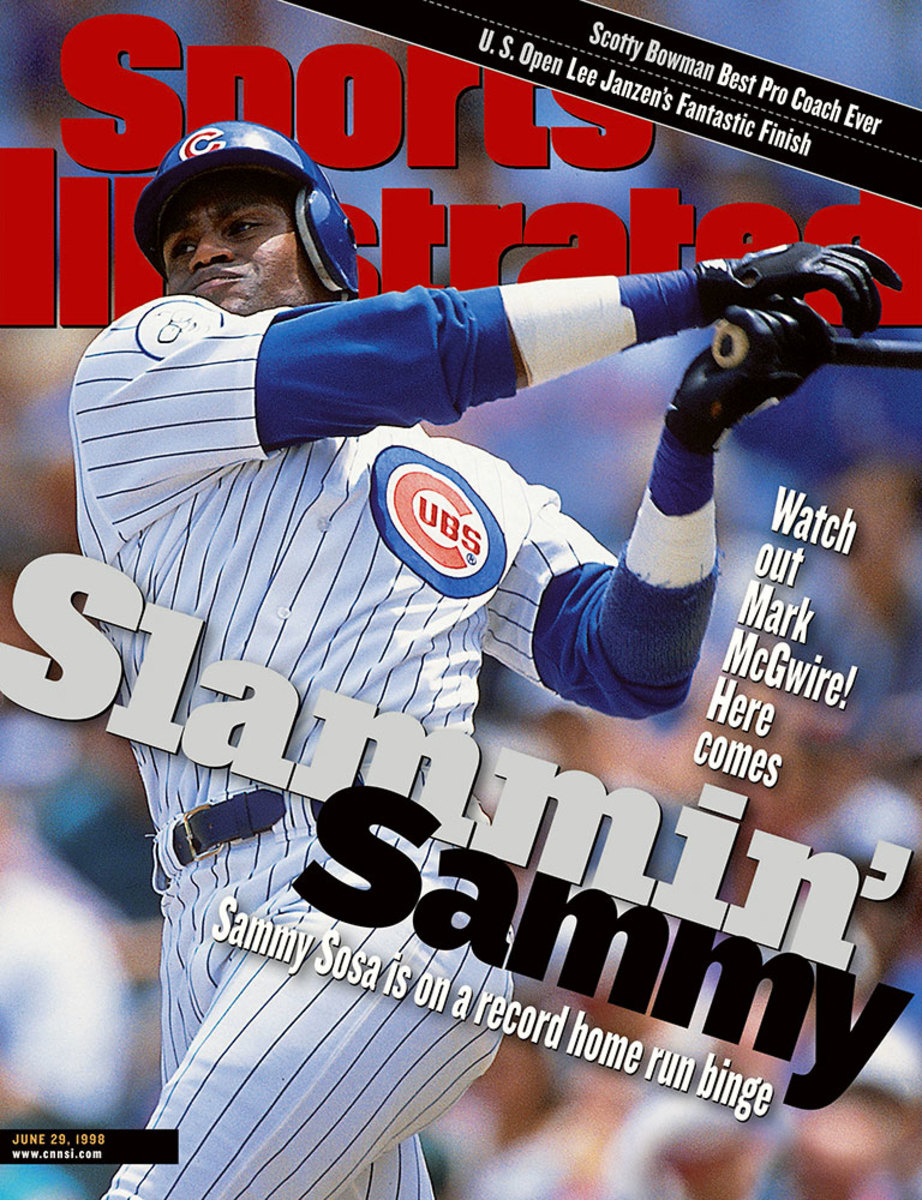
September 21, 1998 — Chicago Cubs Sammy Sosa
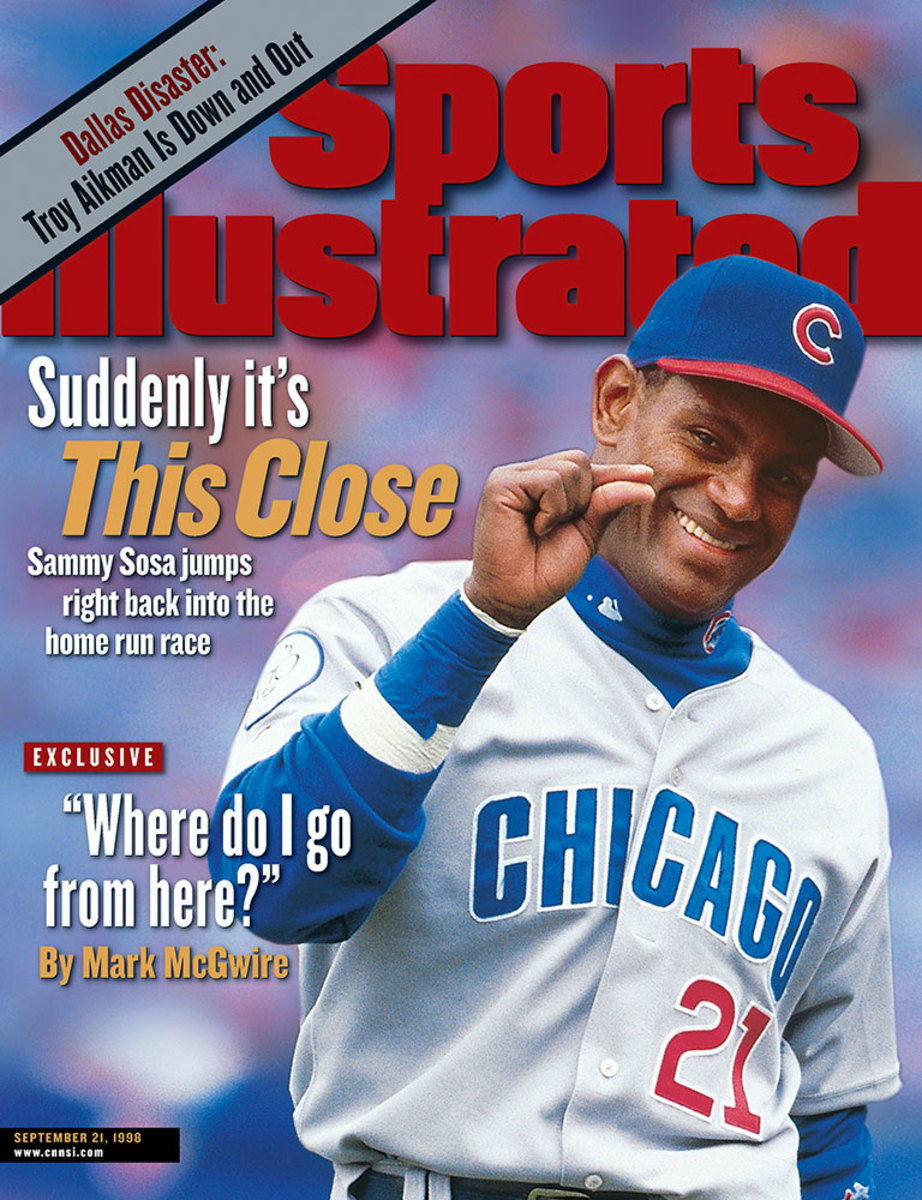
October 12, 1998 — Cleveland Indians David Justice
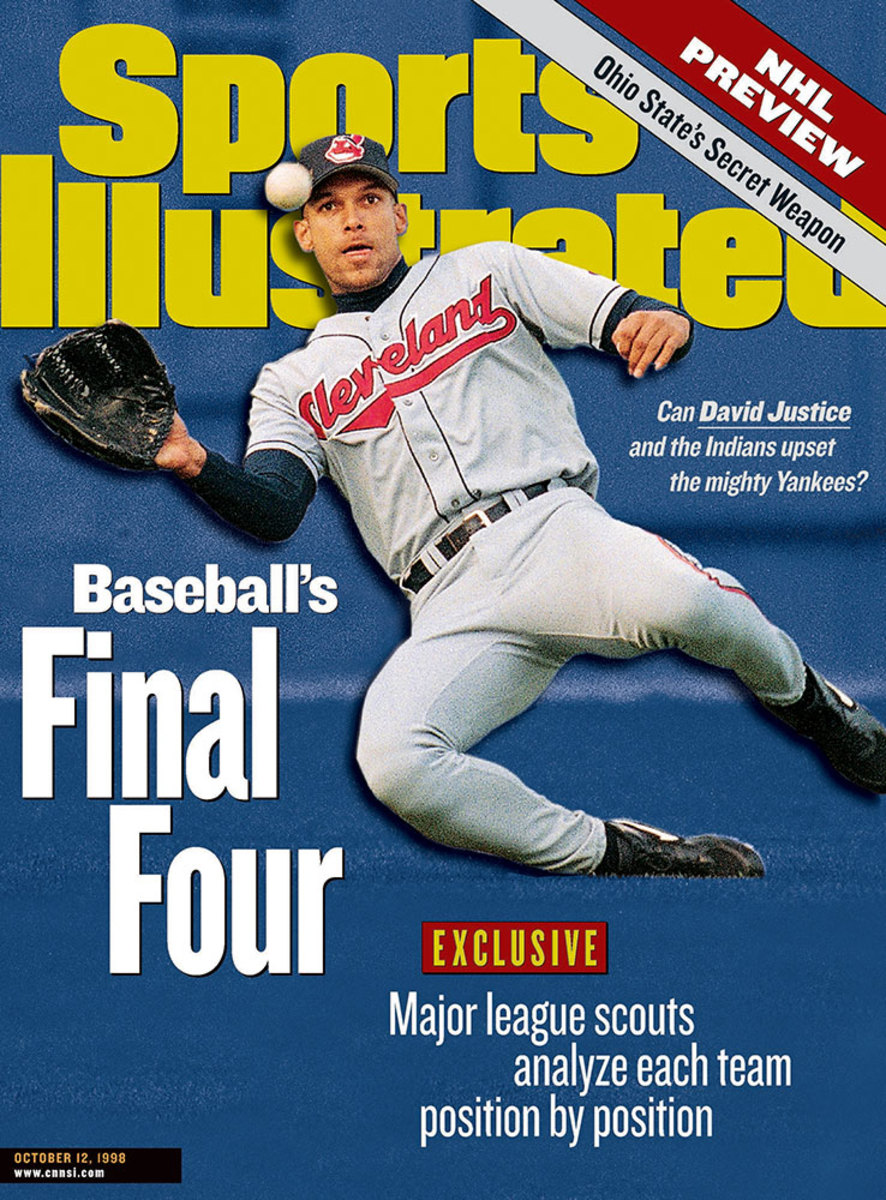
December 21, 1998 — St. Louis Cardinals Mark McGwire and Chicago Cubs Sammy Sosa
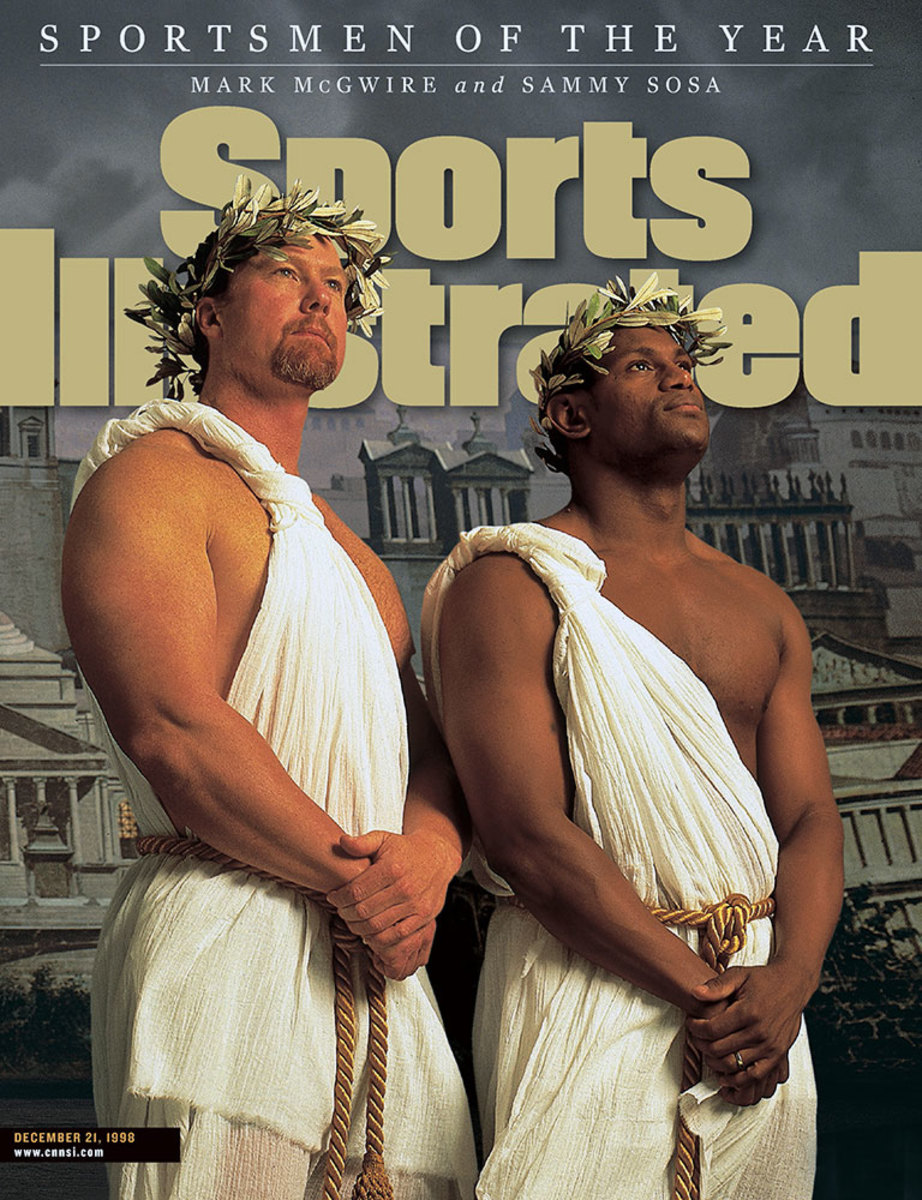
July 7, 2003 — Chicago Cubs Kerry Wood and Mark Prior
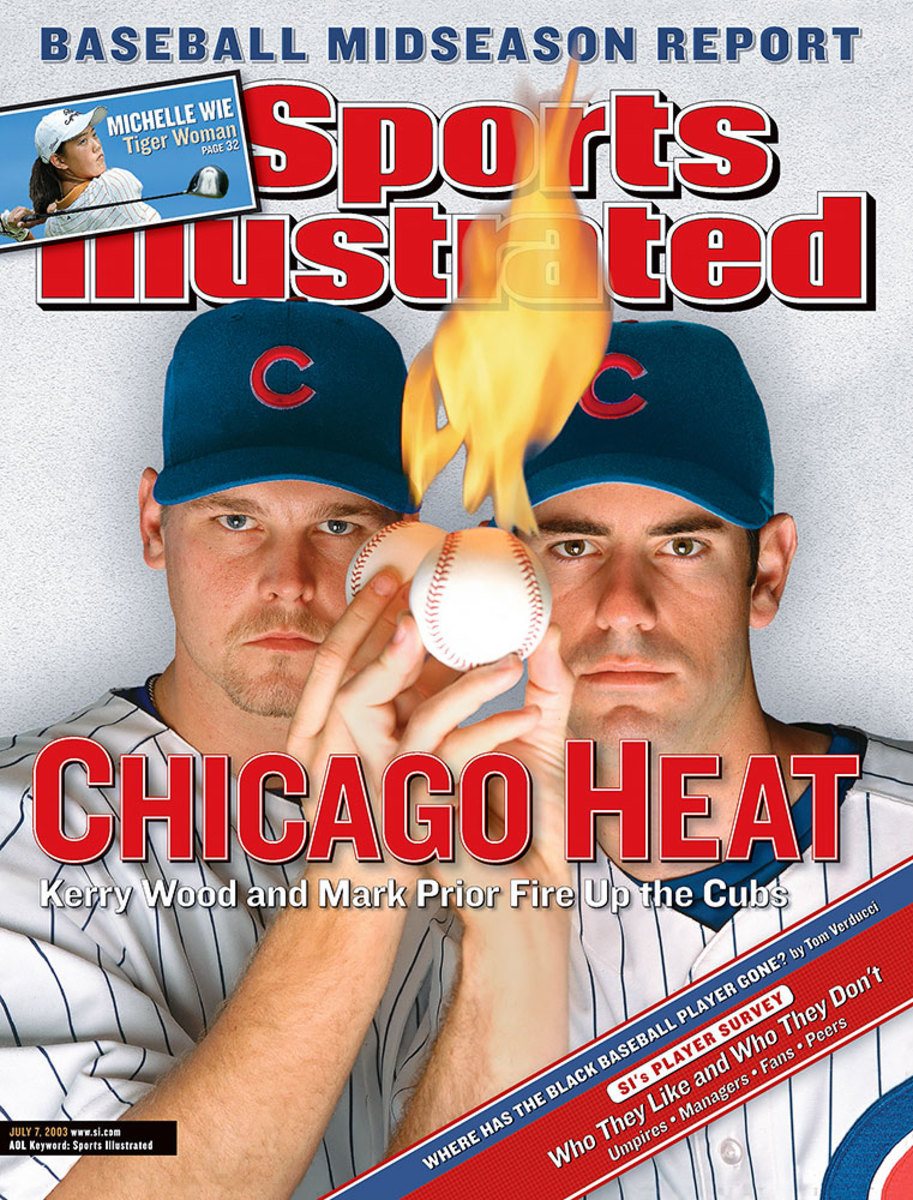
August 25, 2003 — Chicago Cubs Sammy Sosa
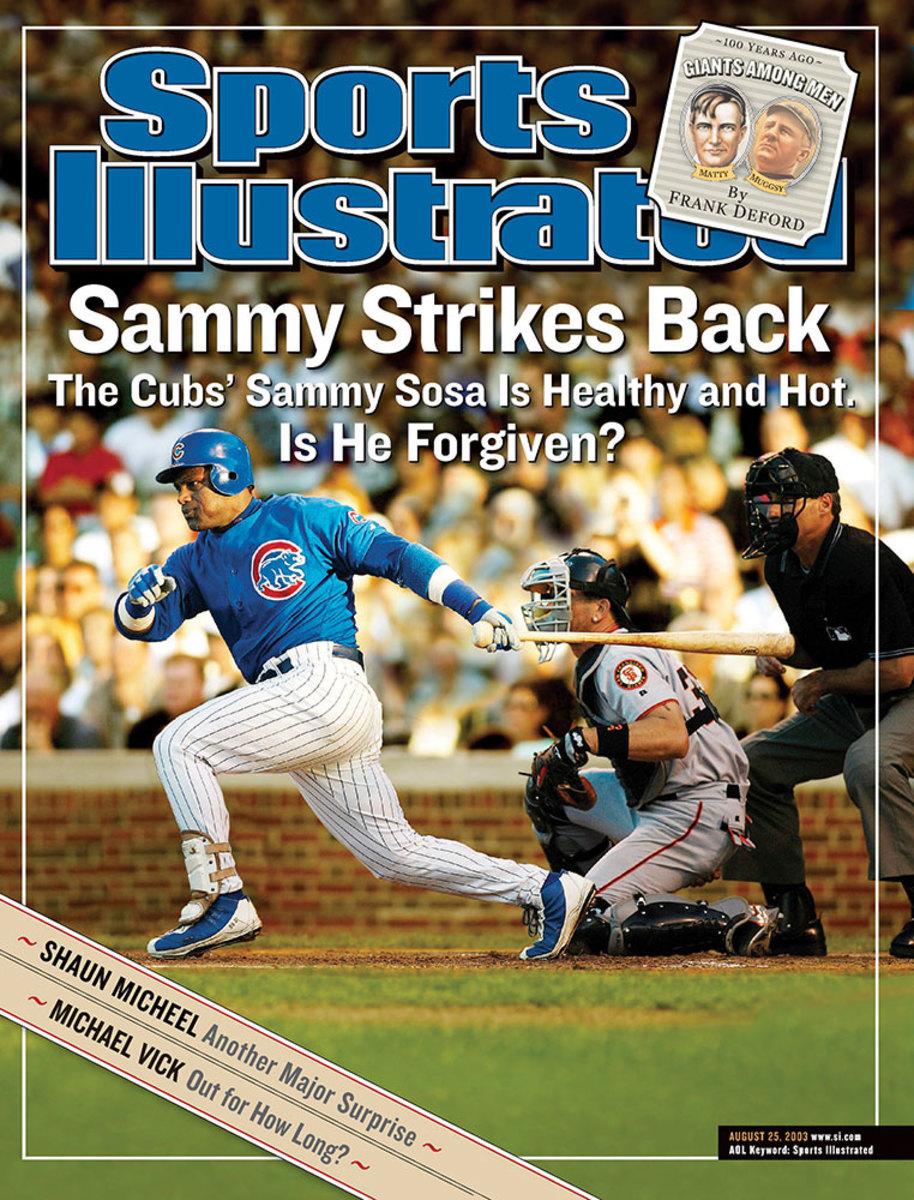
October 13, 2003 — Chicago Cubs Kerry Wood
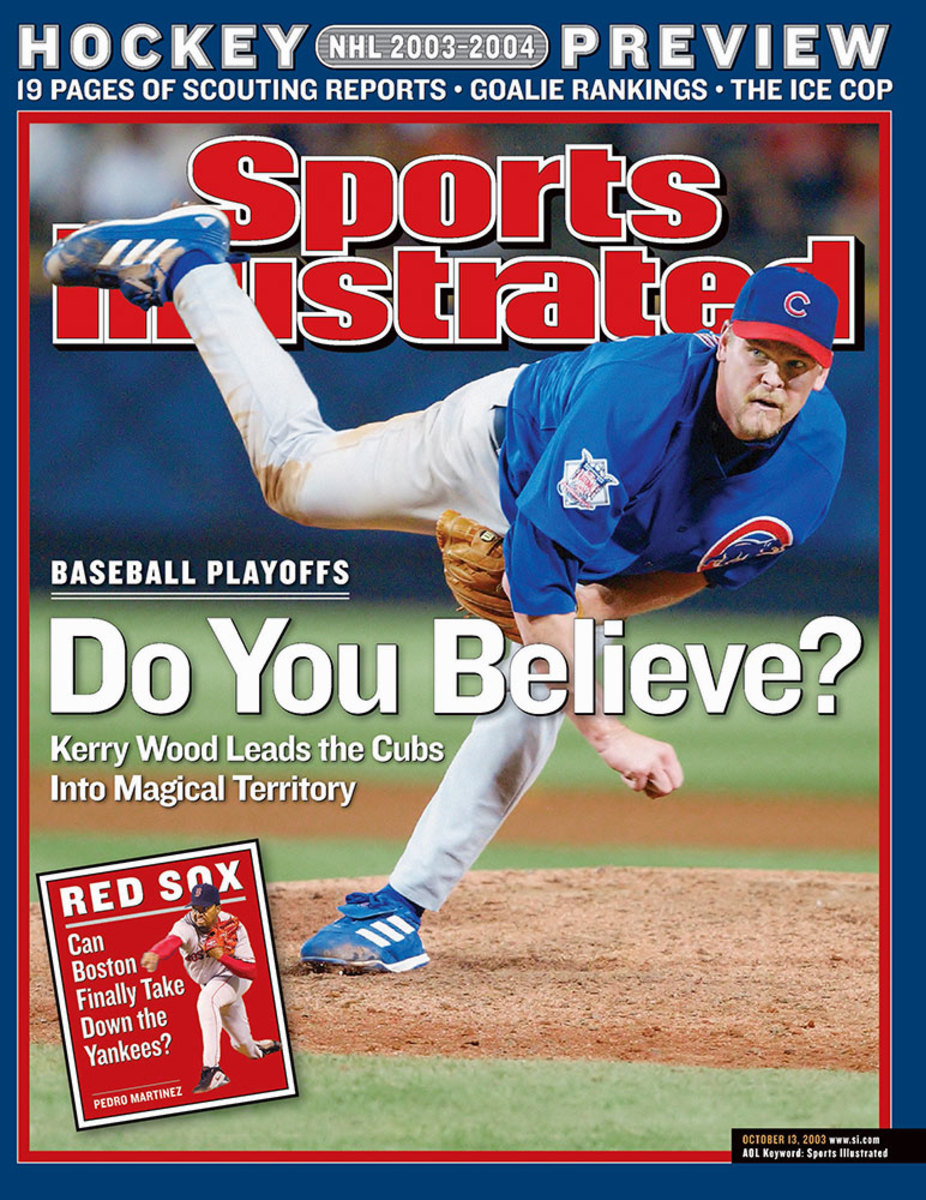
April 5, 2004 — Chicago Cubs Kerry Wood
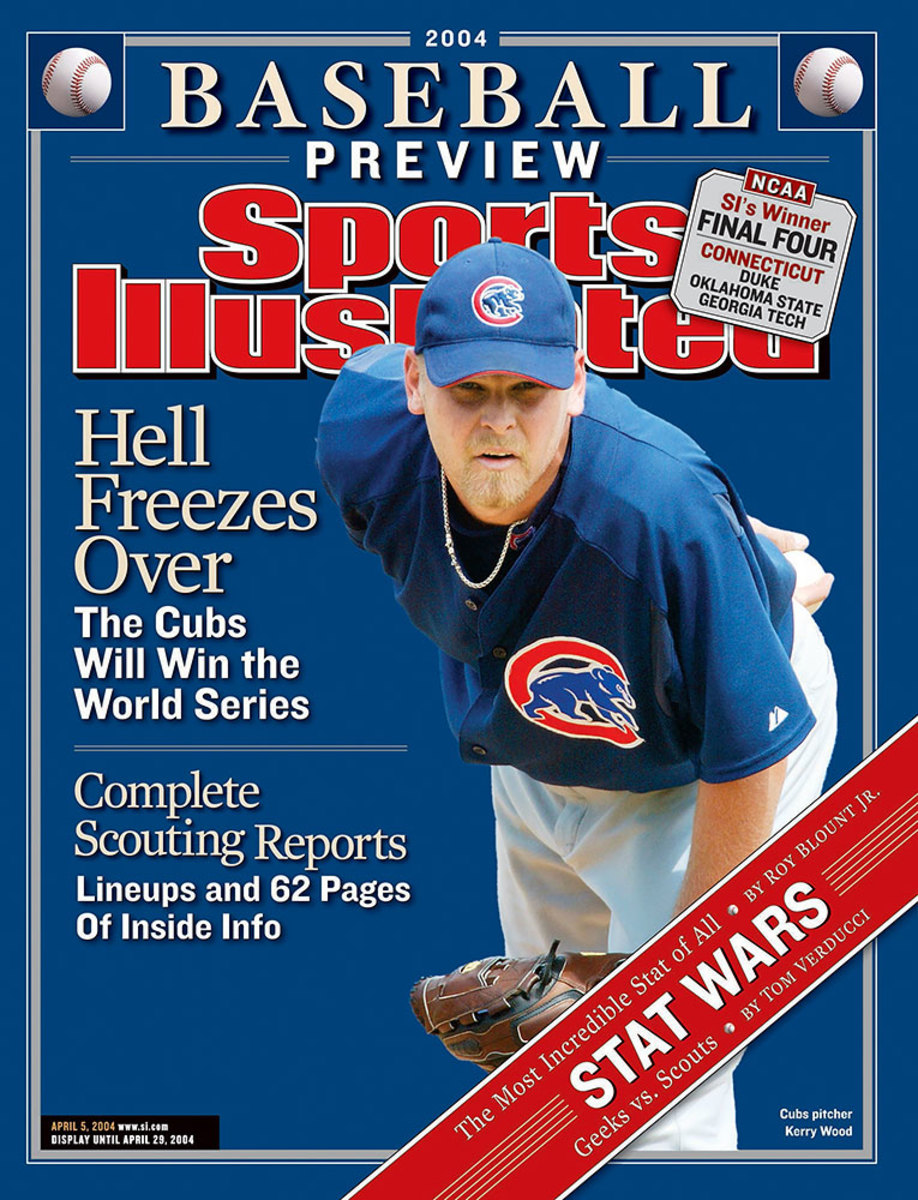
October 3, 2005 — Cleveland Indians Ronnie Belliard
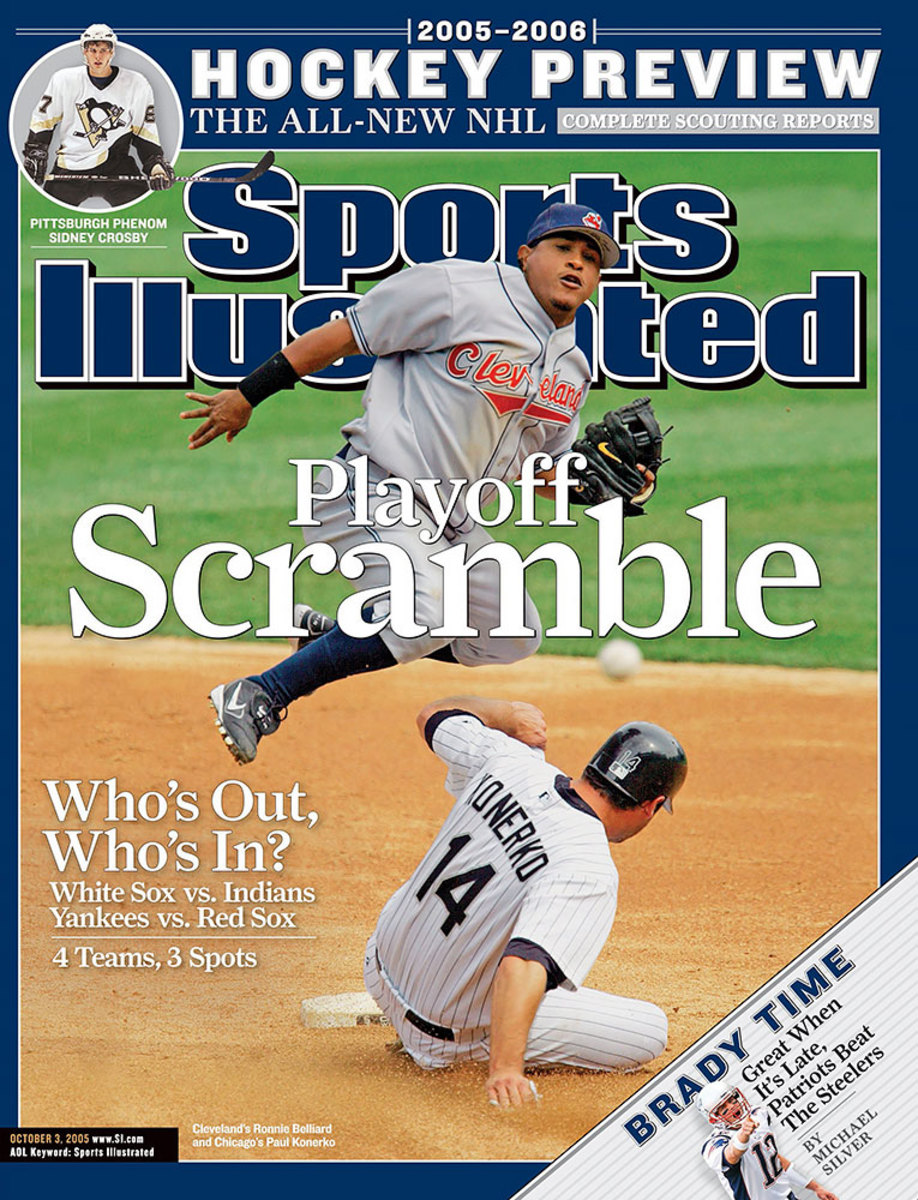
February 26, 2007 — Chicago Cubs Lou Piniella and Alfonso Soriano
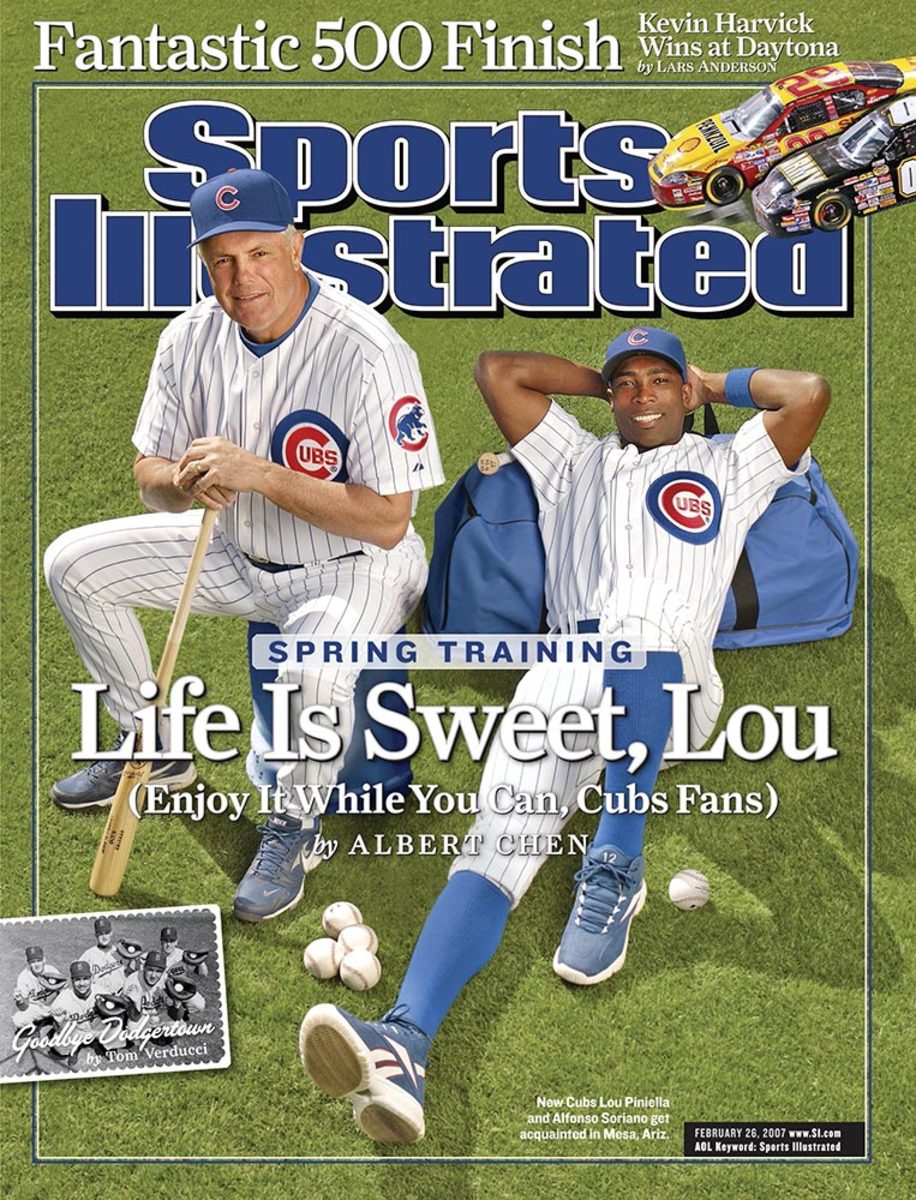
May 14, 2007 — Cleveland Indians Grady Sizemore
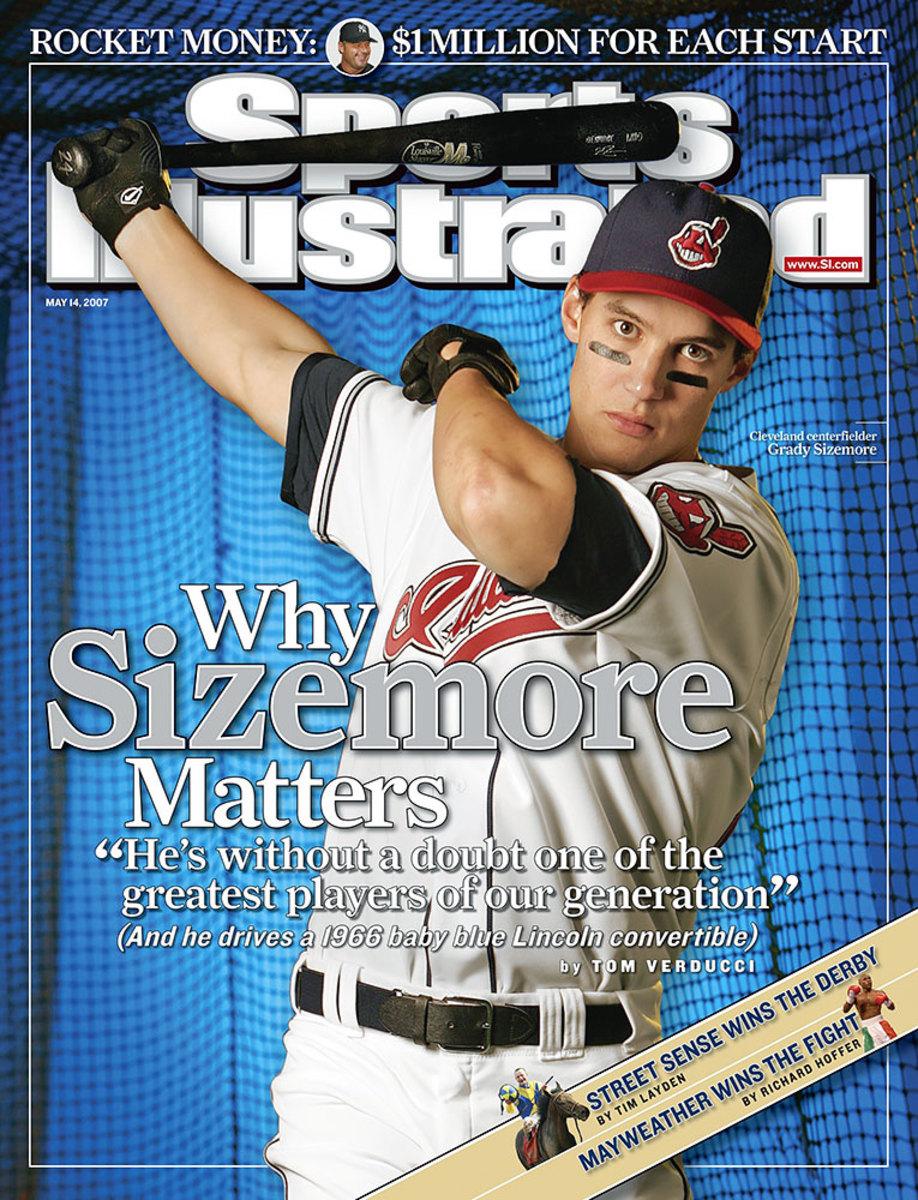
May 5, 2008 — Chicago Cubs Kosuke Fukudome
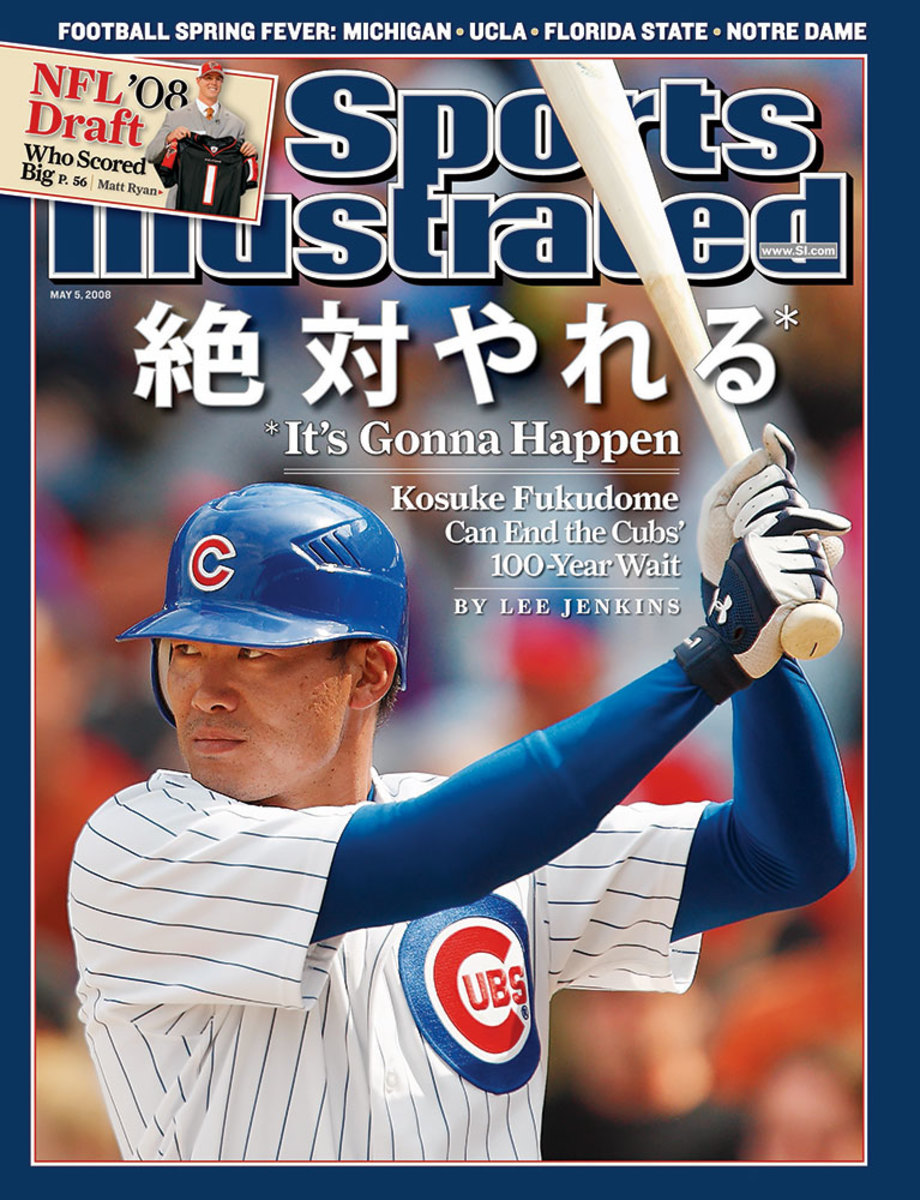
September 29, 2008 — Chicago Cubs Aramis Ramirez
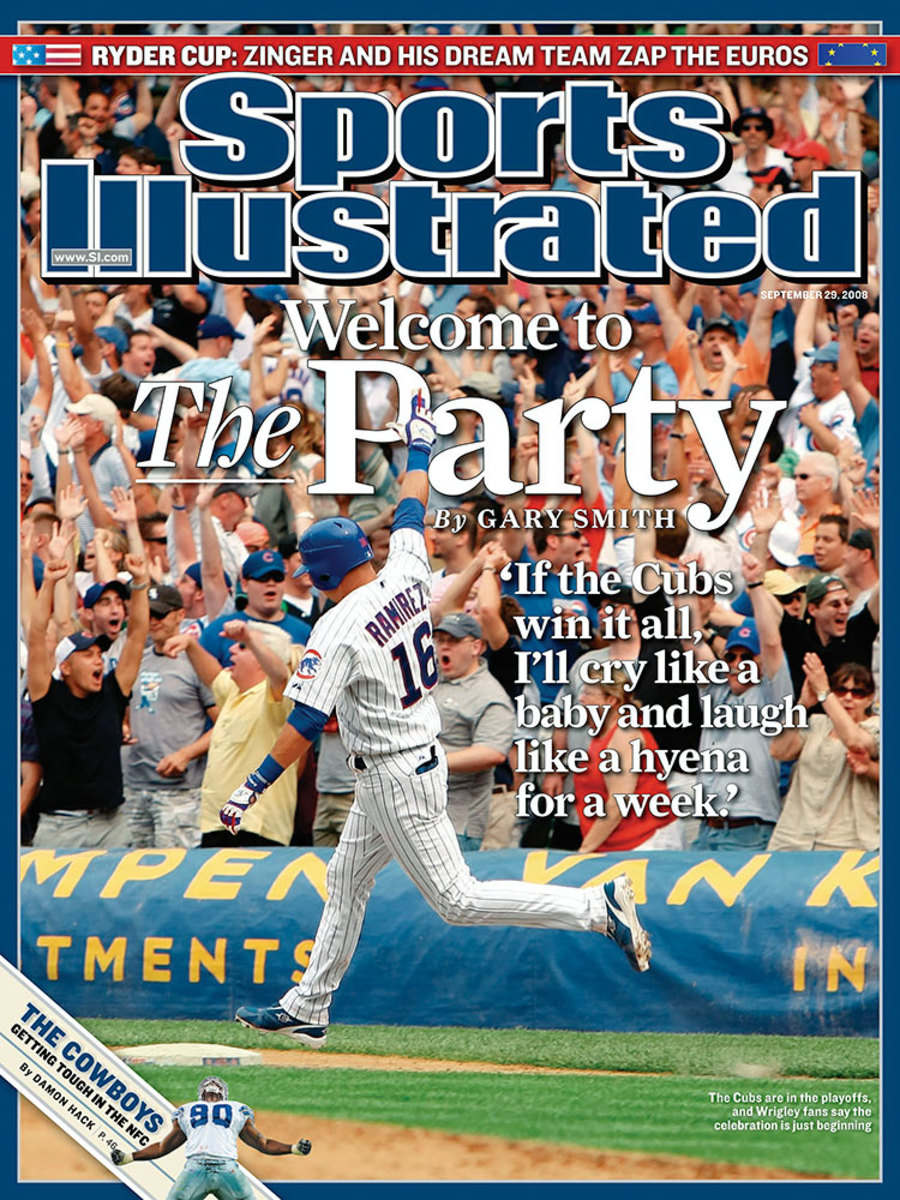
May 9, 2011 — Chicago Cubs Starlin Castro
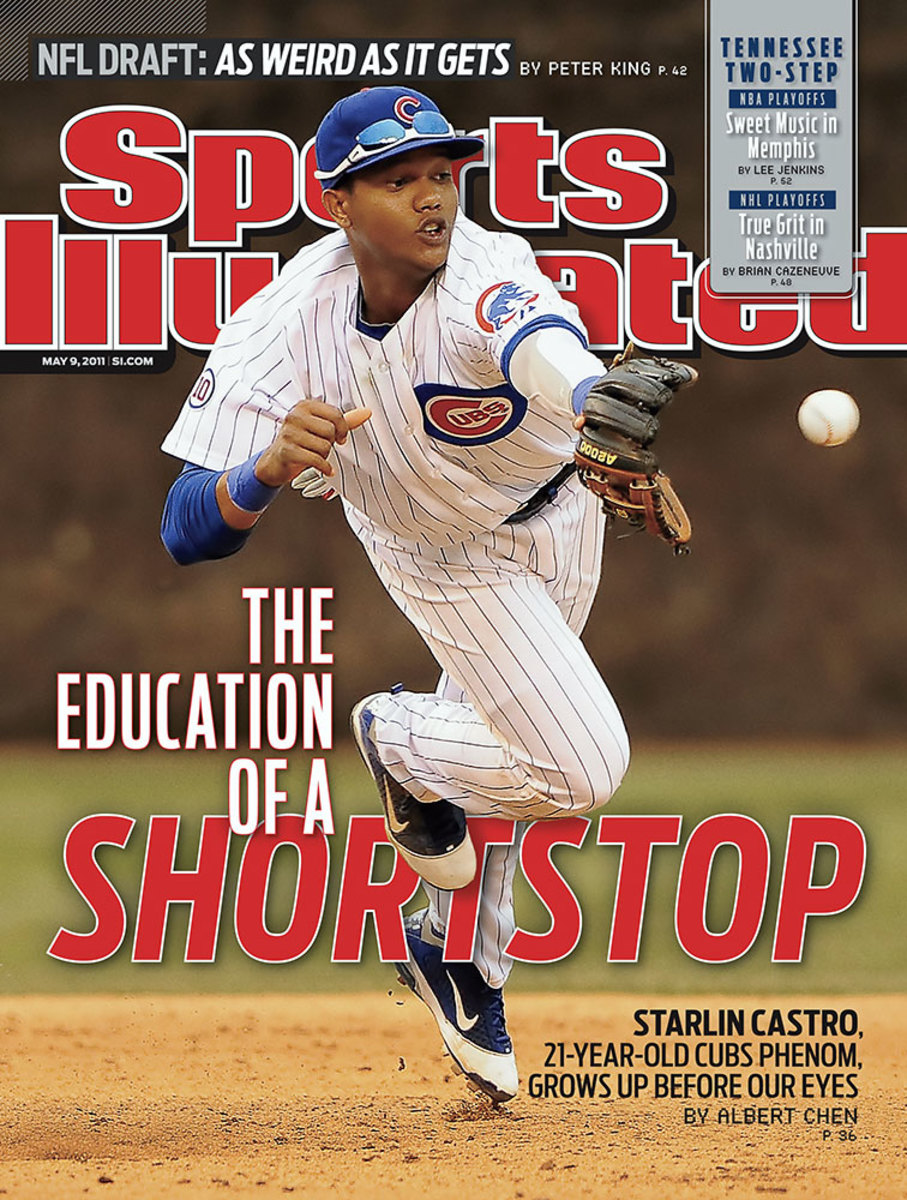
July 7-14, 2014 — Chicago Cubs Ernie Banks
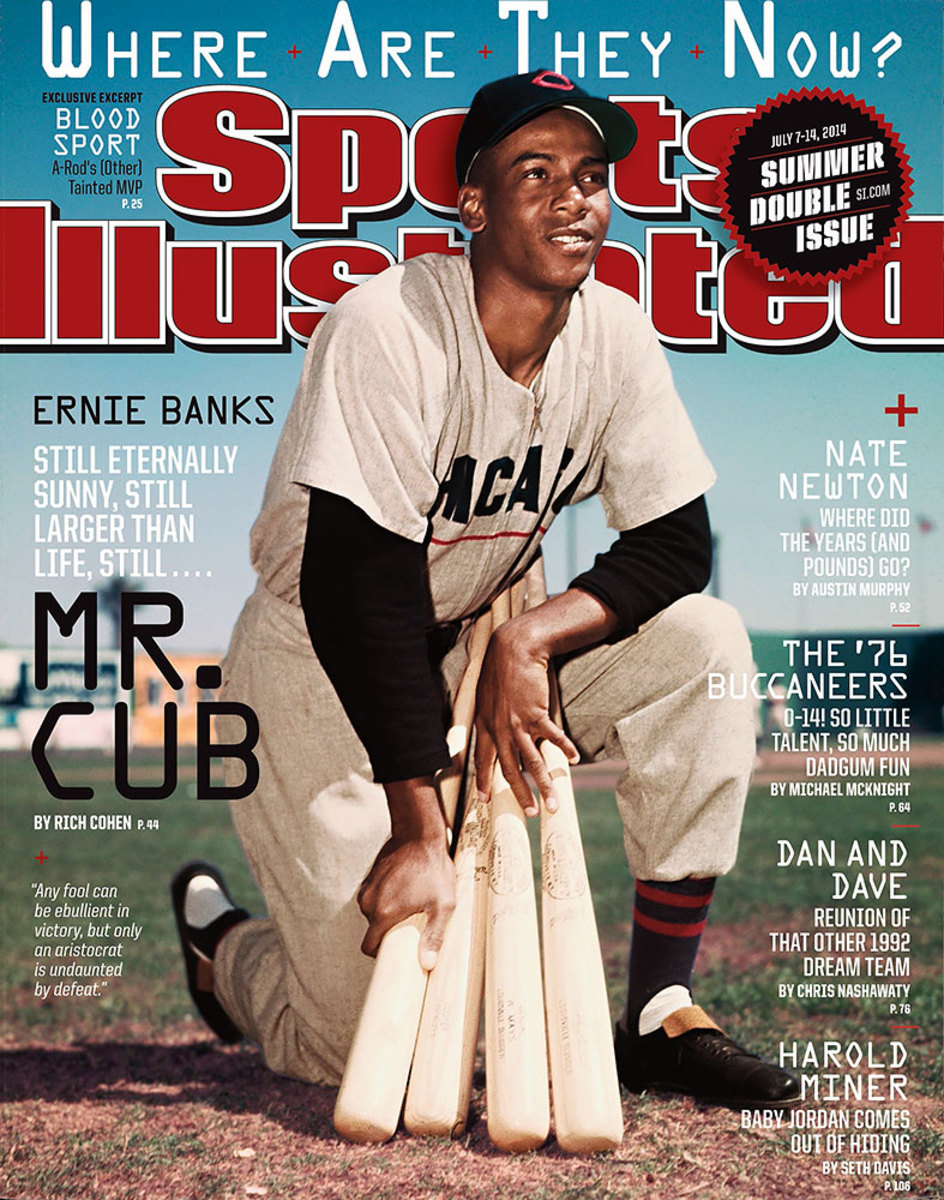
December 22, 2014 — Chicago Cubs Jon Lester
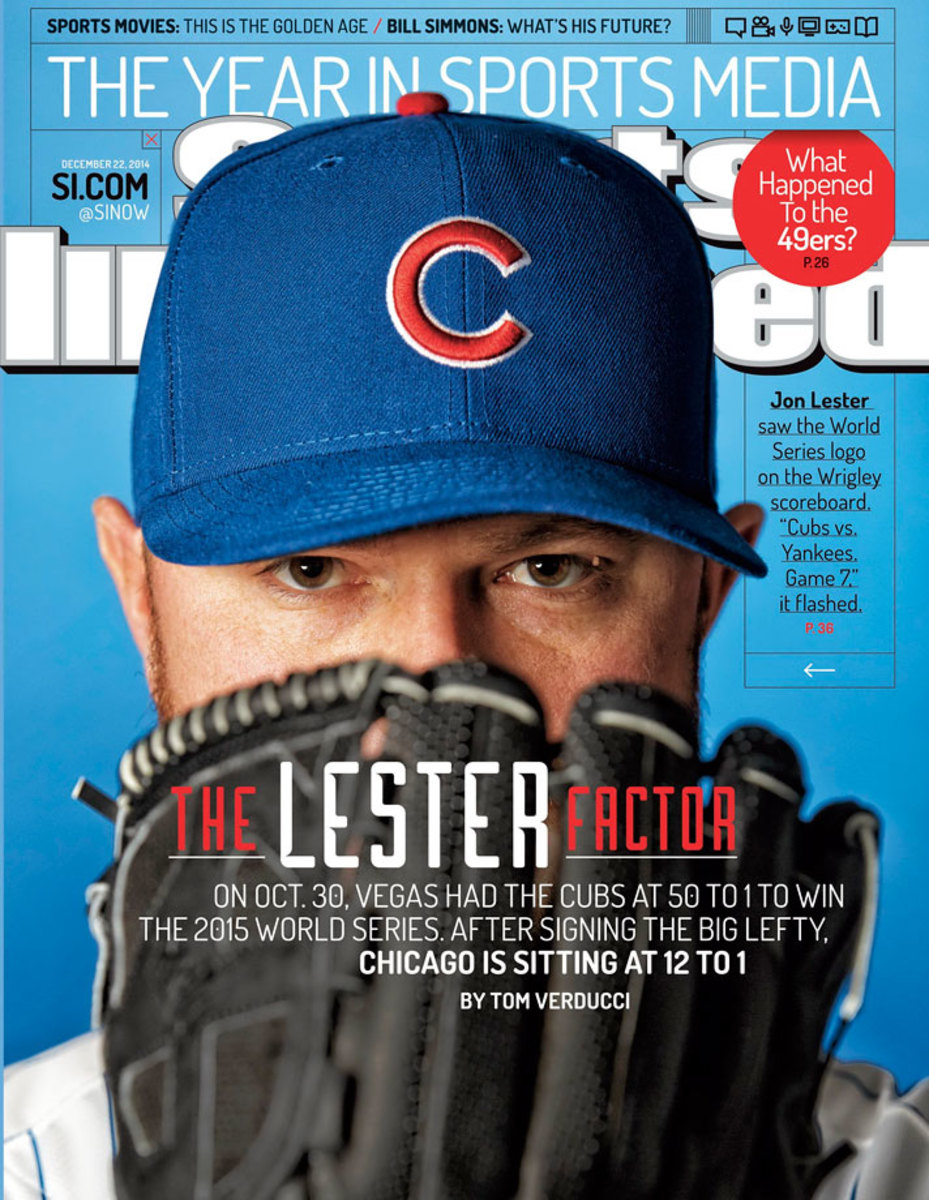
February 2, 2015 — Chicago Cubs Ernie Banks
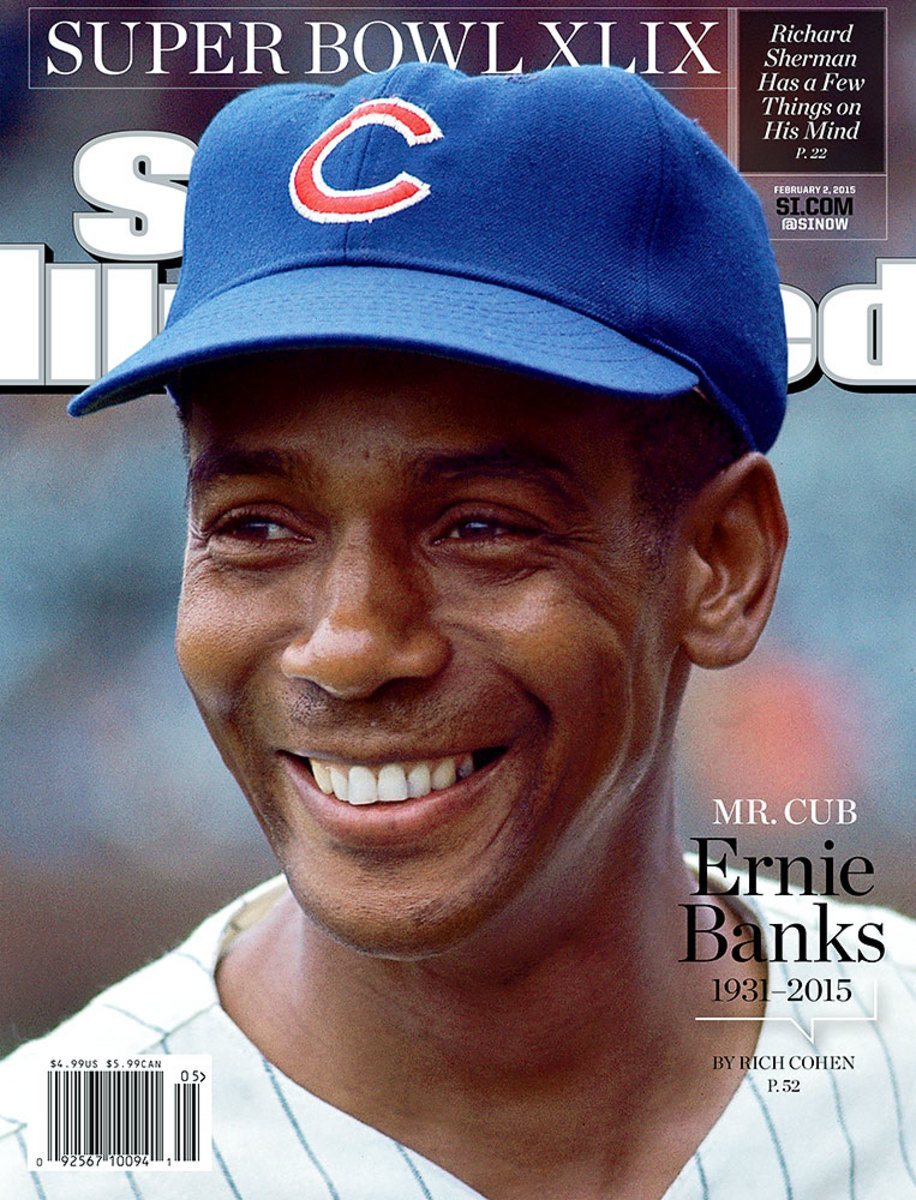
March 30, 2015 — Cleveland Indians Corey Kluber and Michael Brantley
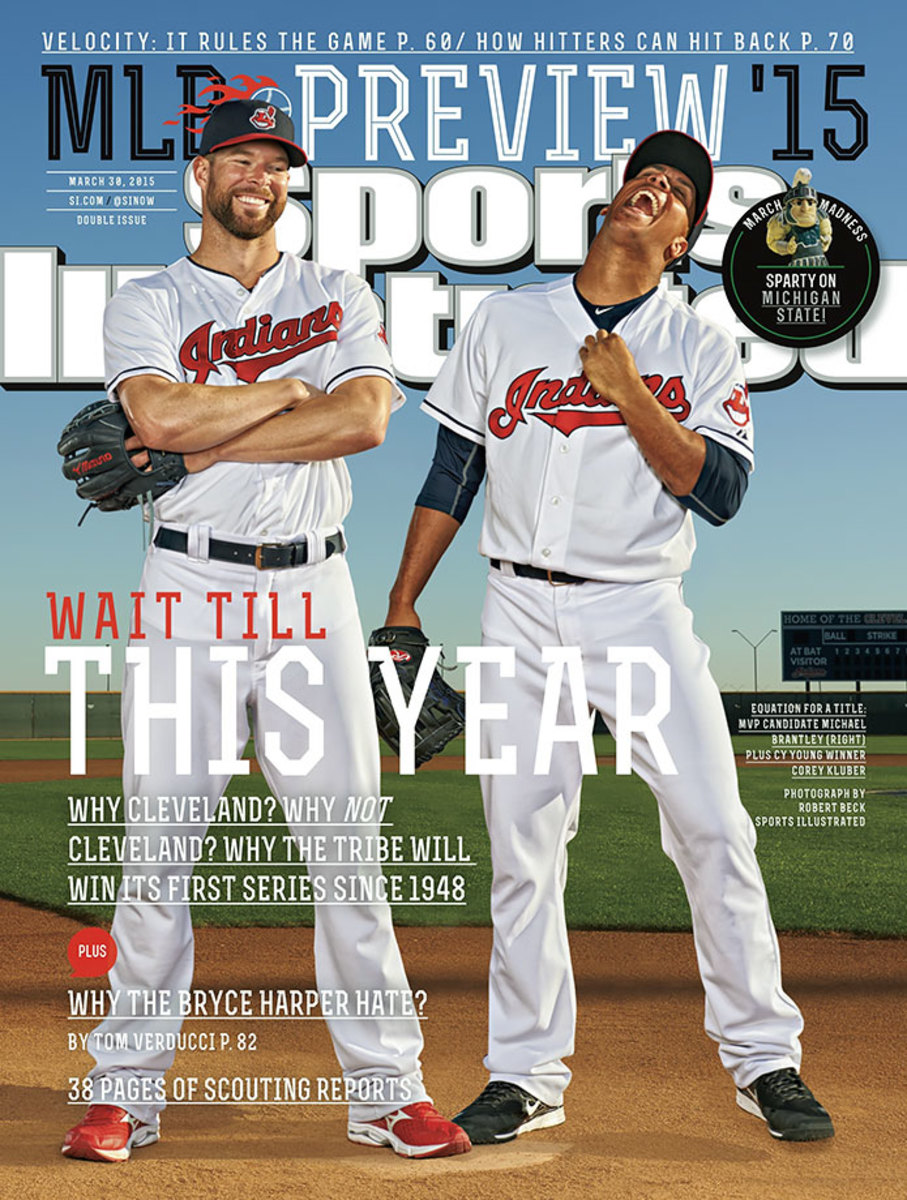
August 31, 2015 — Chicago Cubs Kris Bryant
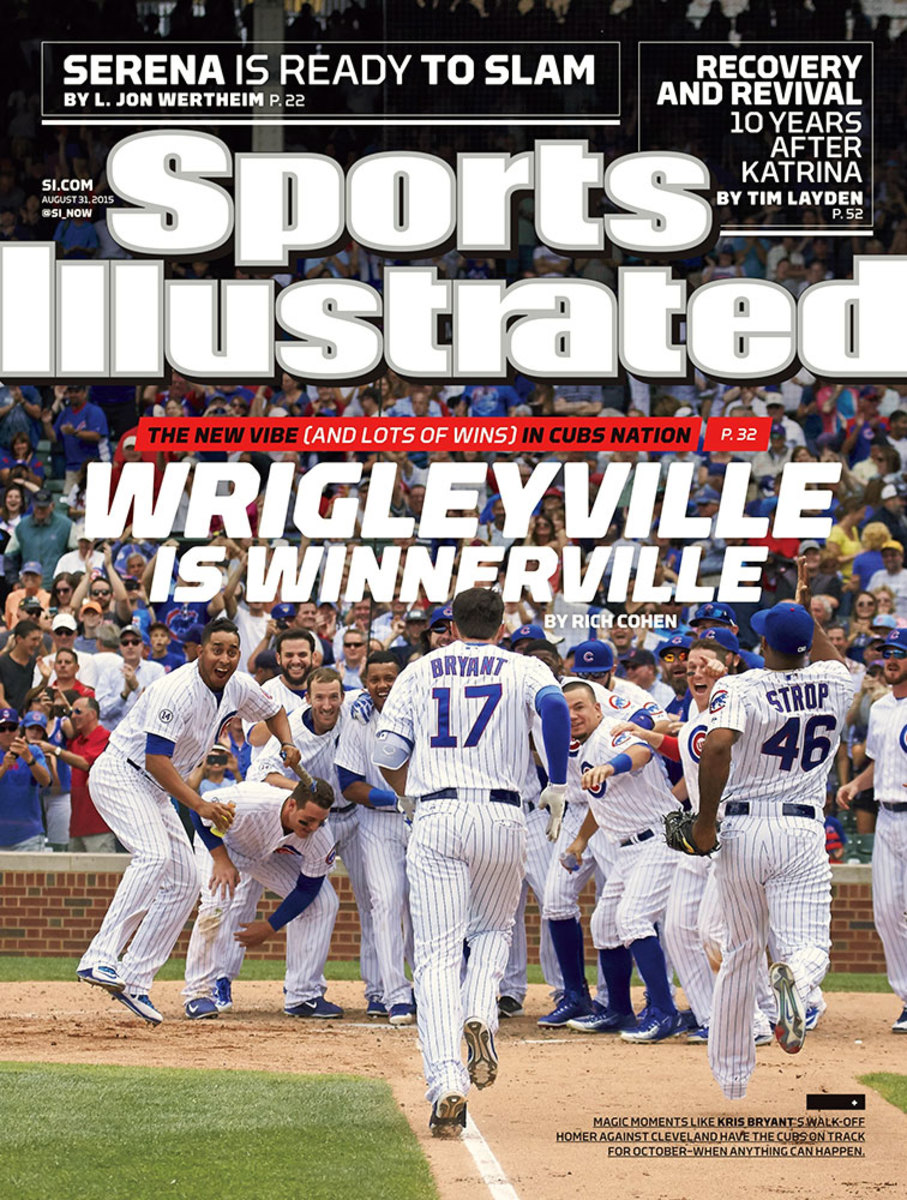
March 28, 2016 — Chicago Cubs Anthony Rizzo, Jason Heyward, Jake Arrieta and Kris Bryant
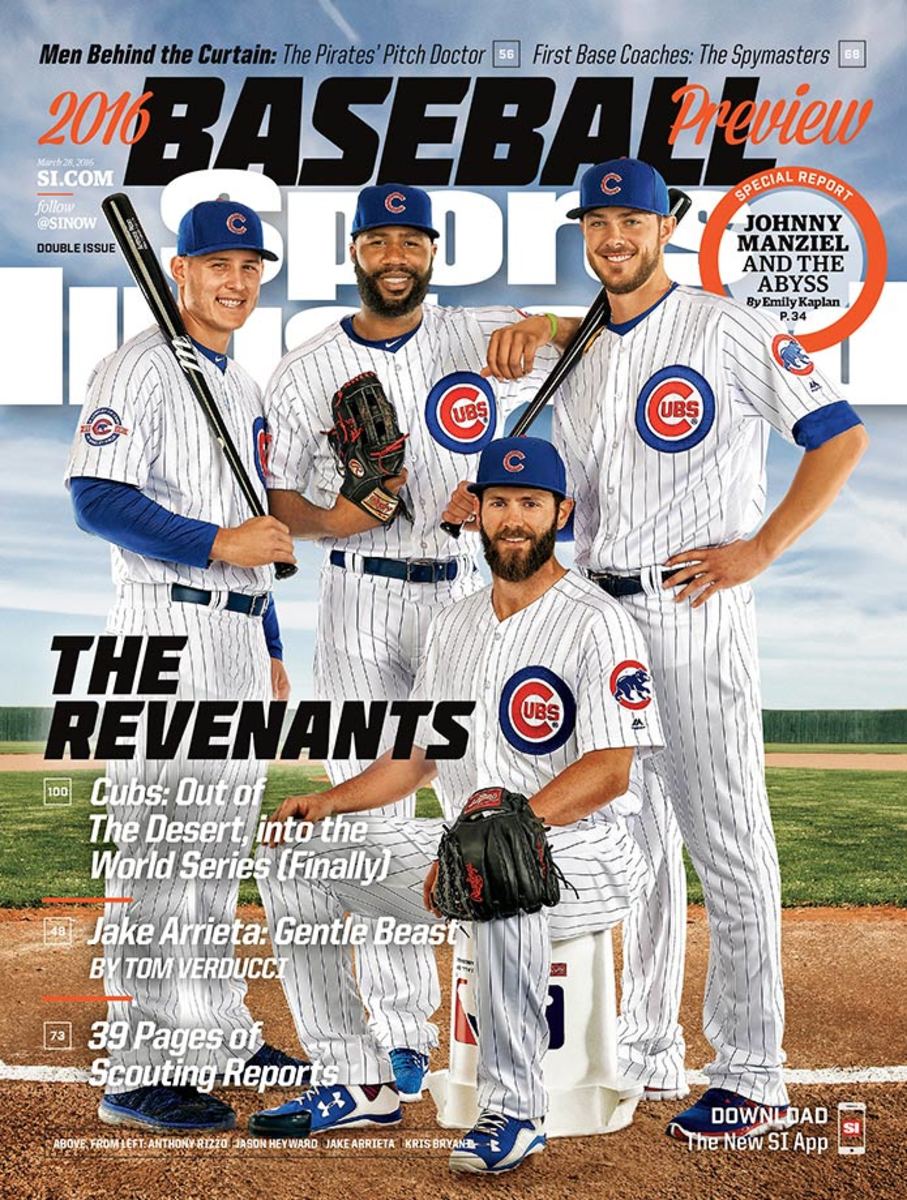
May 16, 2016 — Chicago Cubs Javier Baez
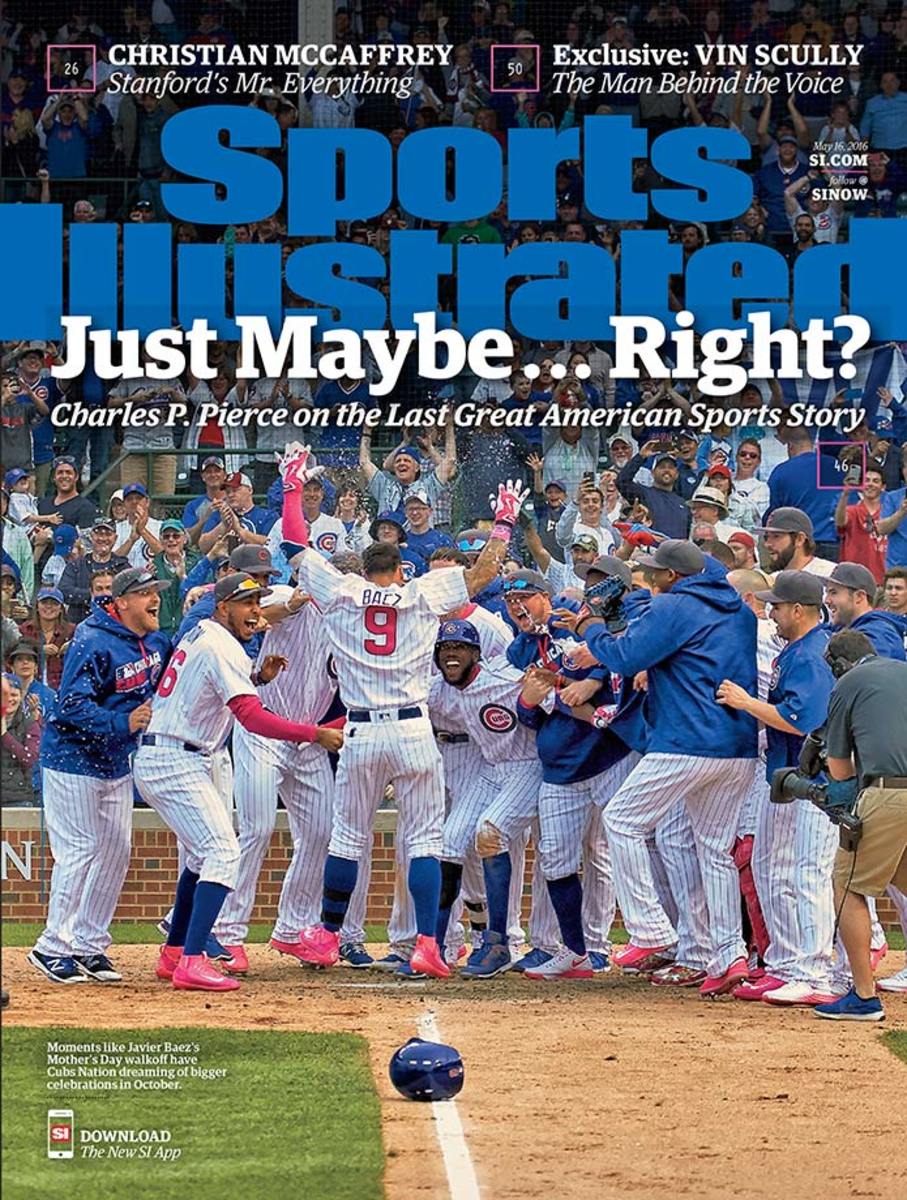
Oct. 10, 2016 — Chicago Cubs
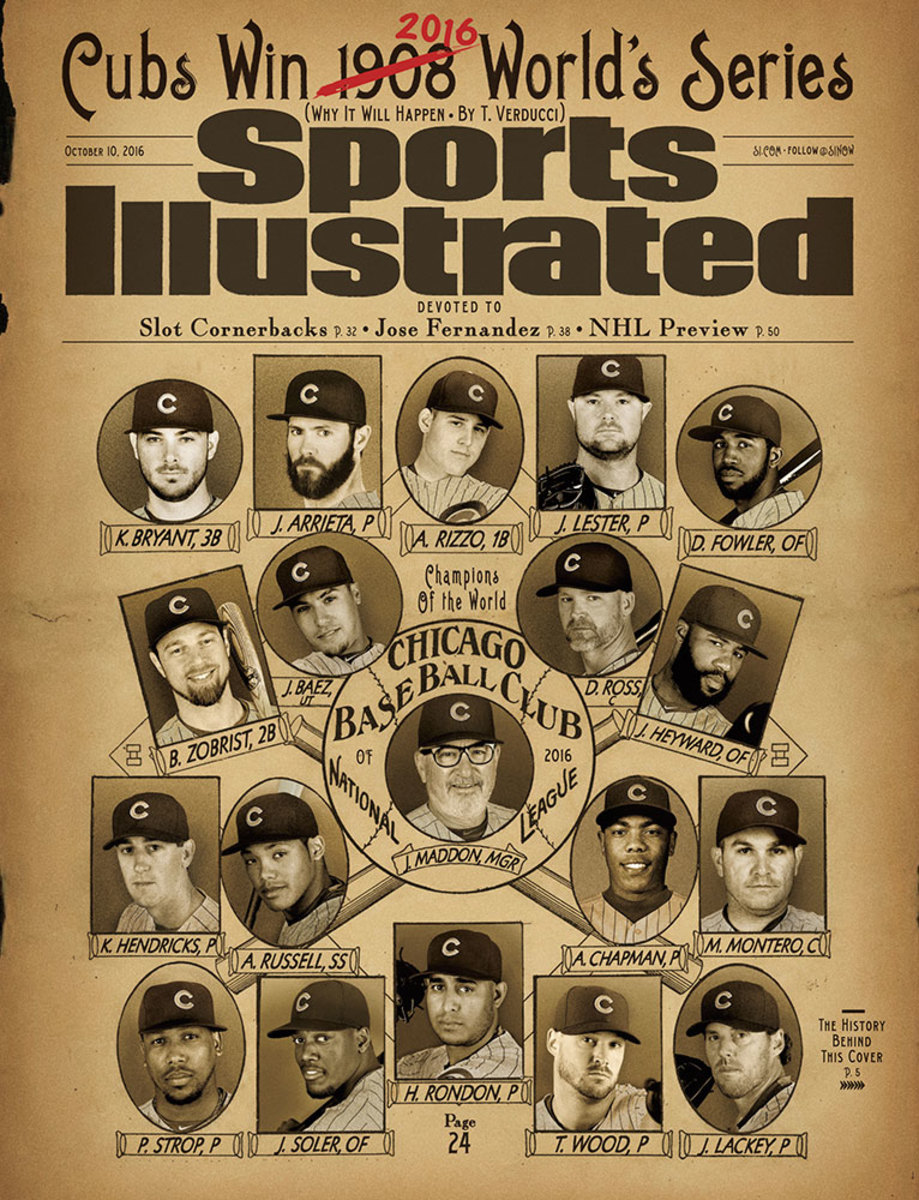
Kipnis was a Cubs fan who was 11 years old when Sammy Sosa chased Mark McGwire in 1998, and 14 when the Cubs came within one win of the pennant in 2003. Between family trips, field trips, Cubs’ instructional camps and a ticket to Game 2 of the 2003 NLDS, Kipnis visited Wrigley Field a dozen times or so as a boy.
Just down the block from his house lived another Cubs fan who rode the school bus with him when they were small and who also attended a 2003 Cubs playoff game: Steve Bartman, who would gain infamy around Cubs Nation for attempting to catch a foul ball in 2003 NLCS Game 6.
“I remember the next day there were police cars up and down the block,” Kipnis said. “And they were there for protection. People wanted to find him, to get to him. It was crazy.”
Kipnis attended Glenbrook North High School in Northbrook, which also was the alma mater of film director John Hughes. In 1985, Hughes captured the cliques and angst of Glenbrook North in the film The Breakfast Club. In another film the next year, Hughes used Glenbrook North as the backdrop for Ferris Bueller’s Day Off, the greatest film ever made about playing hooky from high school. Bueller famously spent part of the day he skipped classes at Glenbrook North at Wrigley Field. Hughes shot the Wrigley scenes at a Cubs’ game against Montreal on Sept. 24, 1985 (though the game the movie shows on TV at a pizzeria was from June 5 against the Braves). Befitting Chicago teams of that era, during Bueller’s day off the Cubs lost to the Expos 17–15 in front of only 6,947 fans. Calculus class would have been less painful in those days.
• Timeline: The long and tortured history of the Cubs
Kipnis was born April 3, 1987—four days before the Cubs lost on Opening Day under manager Gene Michael, who wouldn’t make it through an 85-loss season.
When he heard Chicago had beaten the Dodgers to win the National League pennant, Kipnis admitted he grew emotional, mostly about the thought of playing in the World Series close to home against his favorite team as a kid. There would be an additional complication: Kipnis had suffered a left ankle injury during the Indians’ celebration in Toronto upon winning the AL pennant. After jumping in glee toward the team dog pile, Kipnis landed on the foot of teammate Francisco Lindor, wrenching the ankle.
The foot and ankle were still swollen for Game 1 and his toes were still purple for Game 2. Compromised, he managed two hits in his first 10 at-bats. But in Game 4, with enough healing accomplished, he smashed three hits, bookending his Ruthian clout with a ringing double to right and a hard single over the head of Chicago shortstop Addison Russell.
“That,” Kipnis said, “was the swing I was looking for: line drive over the shortstops’s head. I’ve been waiting for that, to feel right.”
• 2016 MLB postseason: World Series schedule, TV listings, recaps
The Indians have dominated this Series. They have allowed only one home run, and their darting breaking pitches—which start in the zone, only to swoop and dive out of it—have made the Cubs' young hitters look foolish and anxious. Chicago may have the better roster, but Cleveland is the looser, more confident team.
Manager Terry Francona has been a master crisis manager, losing his best player for virtually the entire season (outfielder Michael Brantley), his starting catcher (Yan Gomes, who has one plate appearance in the postseason) and 40% of his rotation (Danny Salazar and Carlos Carrasco). He’s been so inventive in October that he started a guy in leftfield who had never started there before (Carlos Santana), he has asked his relievers to pick up 45% of the postseason innings, he has jammed his best reliever into the game as early as the fifth inning (Miller), and he has committed firmly to a three-man rotation (Kluber, Josh Tomlin and Trevor Bauer, who starts Game 5 Sunday against Jon Lester of the Cubs.)
All is right with the Indians. Shortstop Francisco Lindor, 22, has been on base nine times in four World Series game. The pitching staff has set a postseason record with five shutouts while throttling three of the most impressive offenses in baseball, the Red Sox, Blue Jays and Cubs. The team has gone 3–0 in the postseason at Fenway Park and Wrigley Field, the two oldest ballparks in the majors. And Kipnis, the local boy made great, is proving what can happen when a hitter heeds the age-old advice of swing batter, batter, suh-wing! Dreams can come true.
